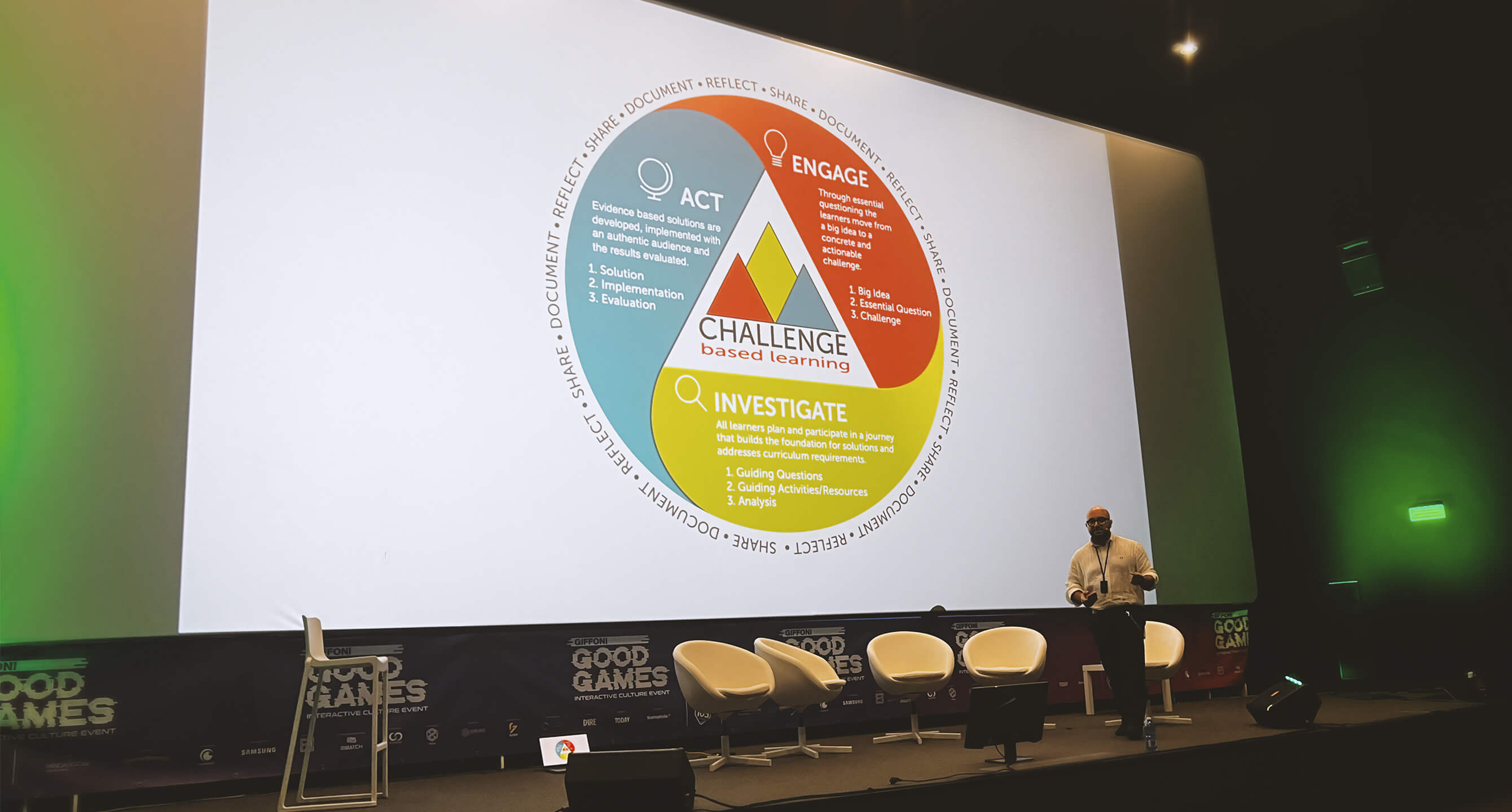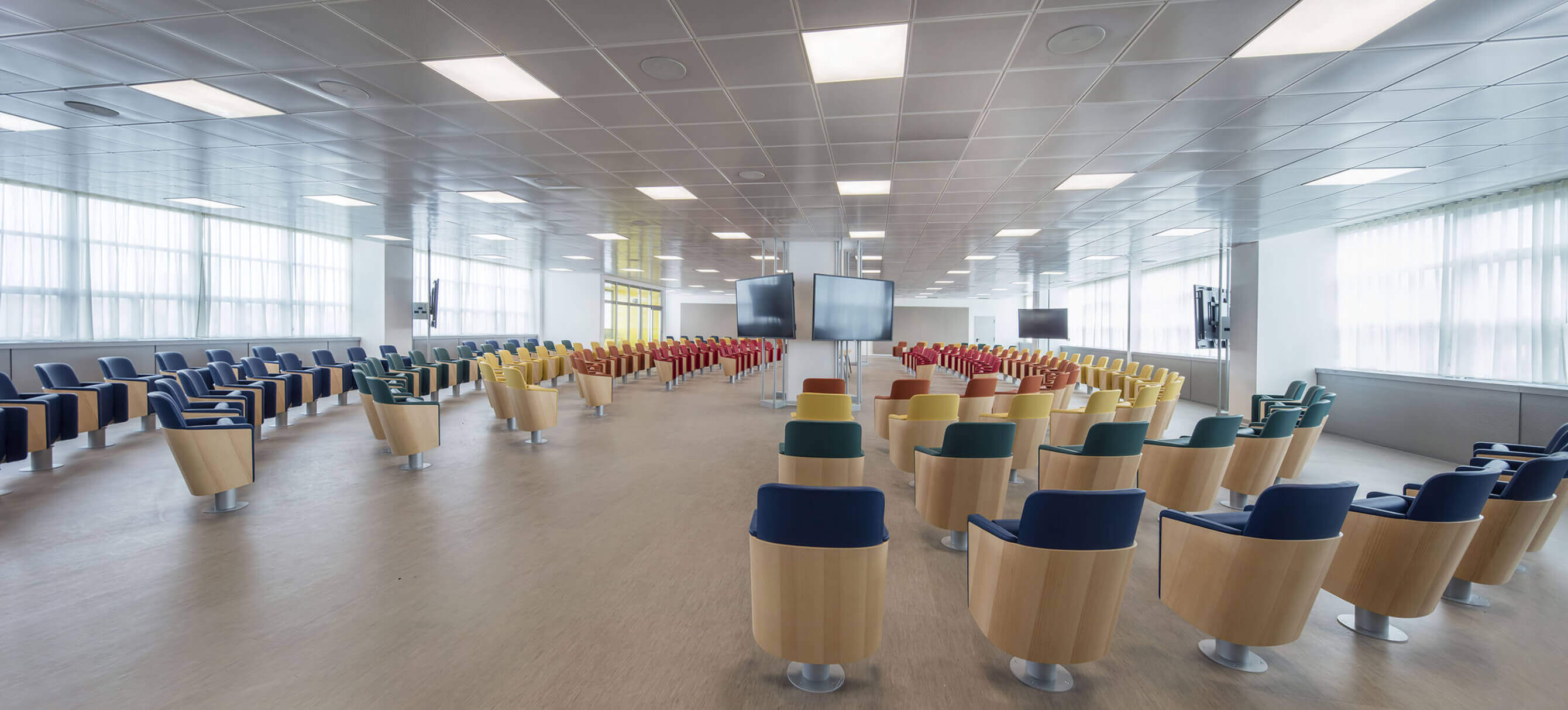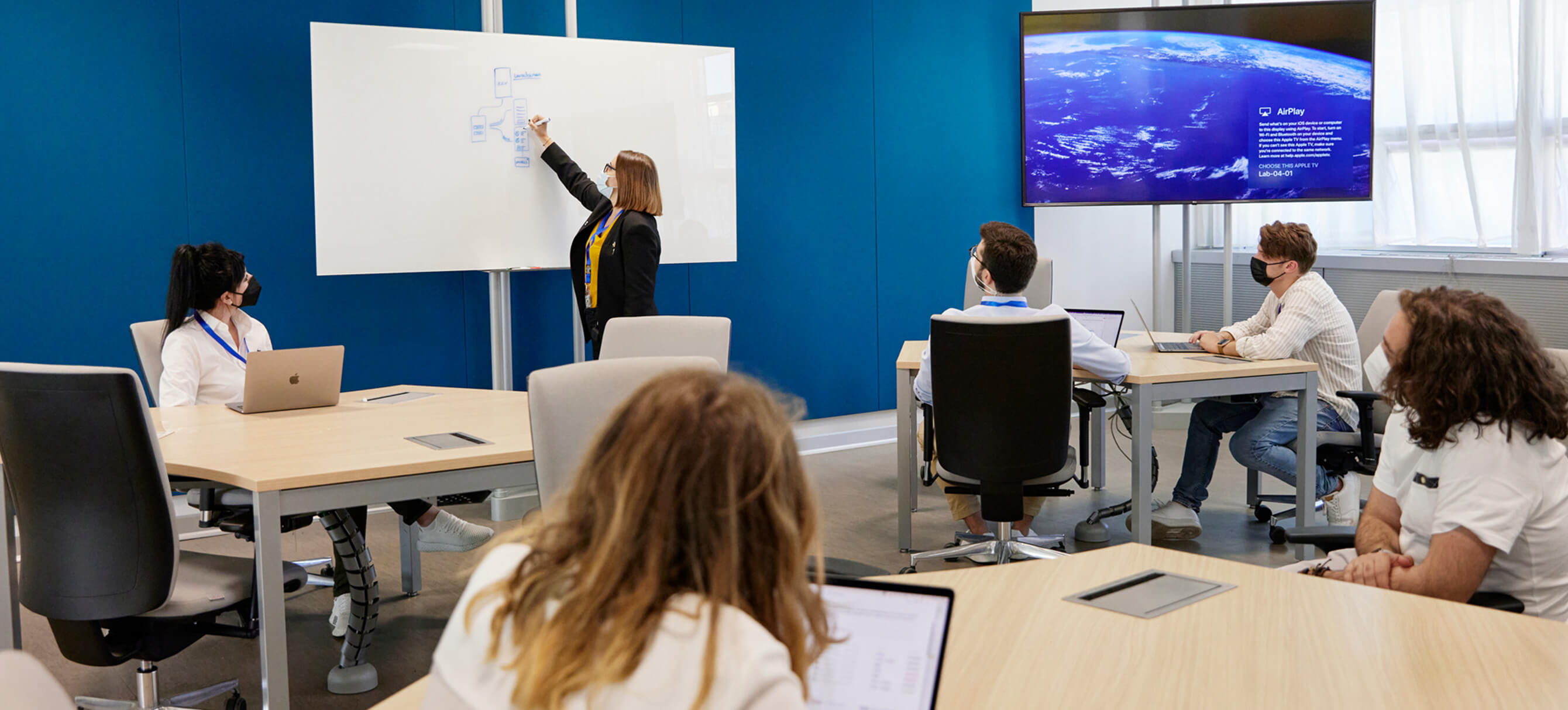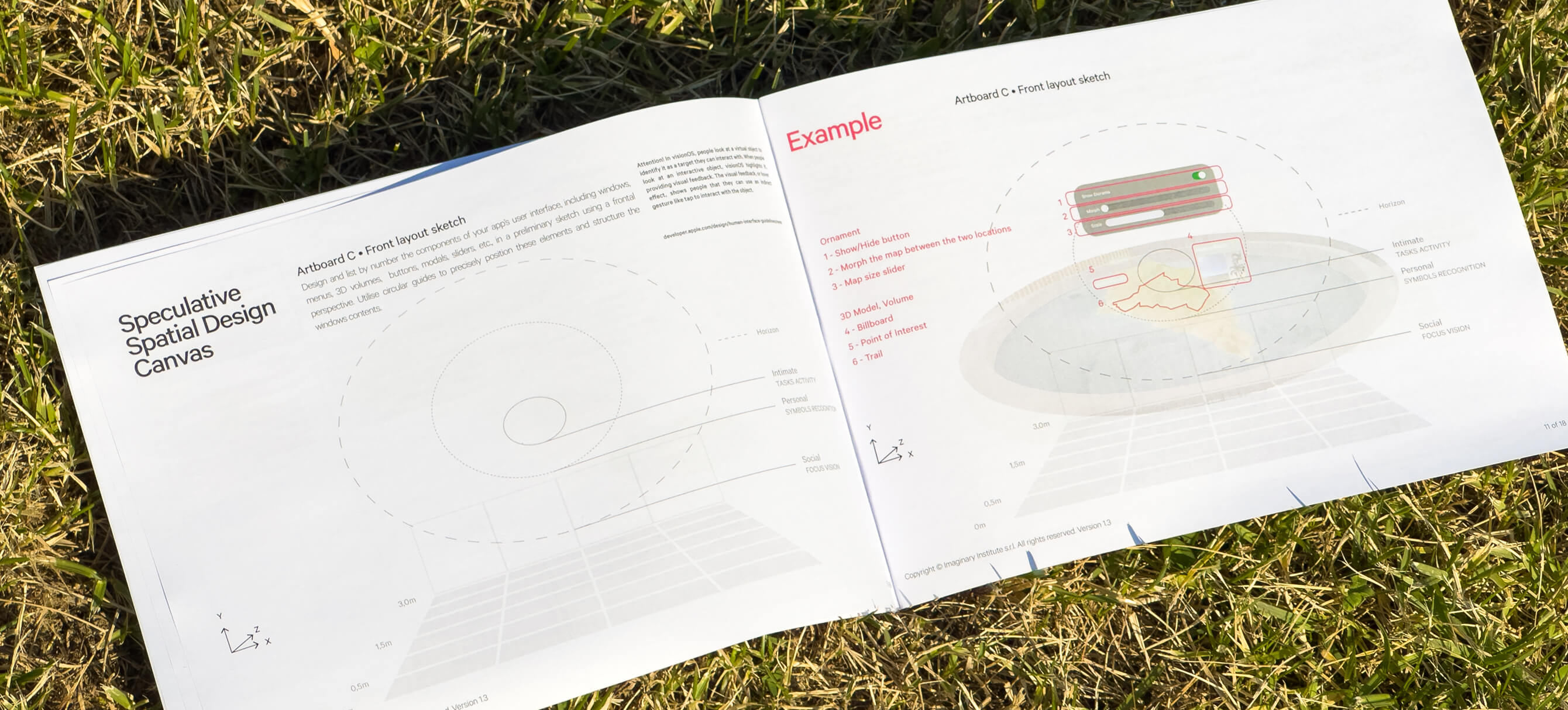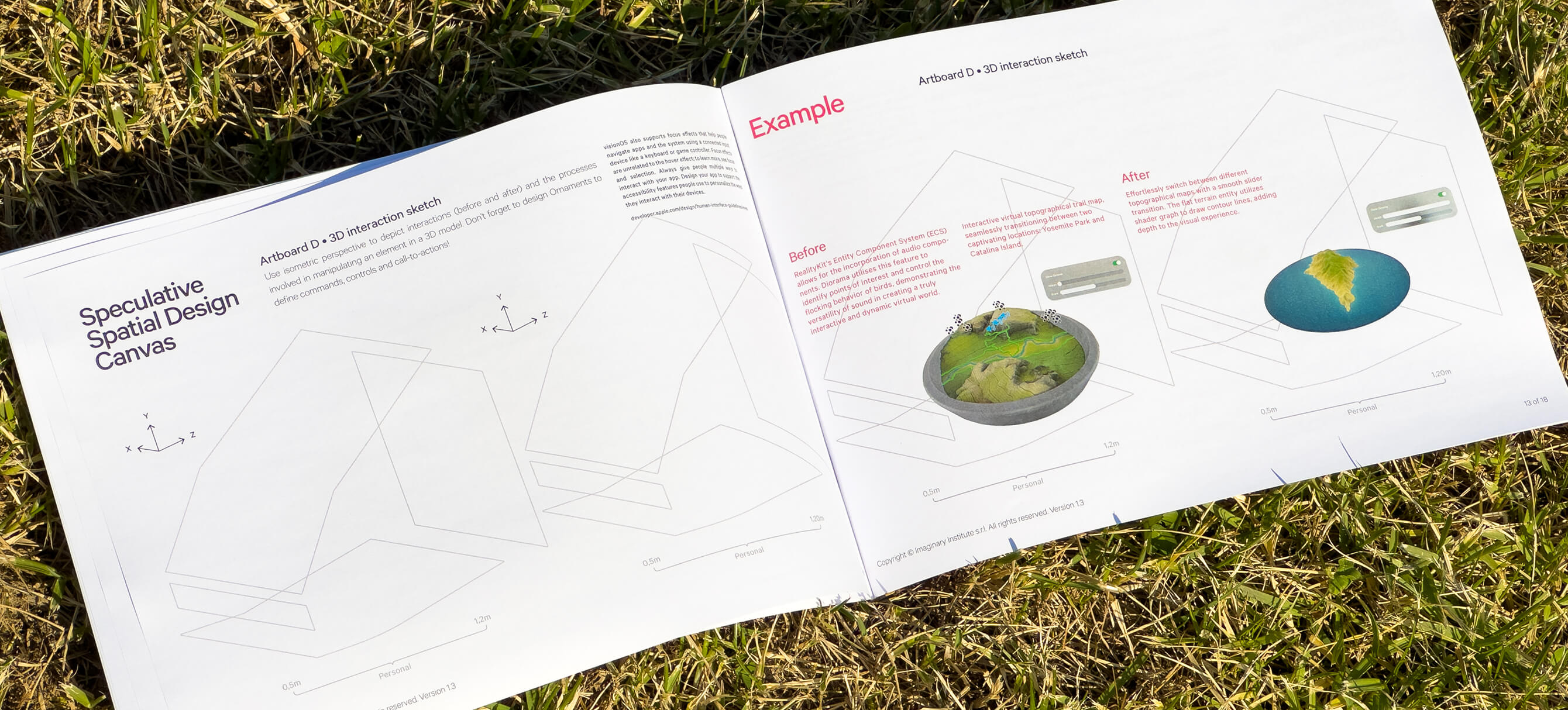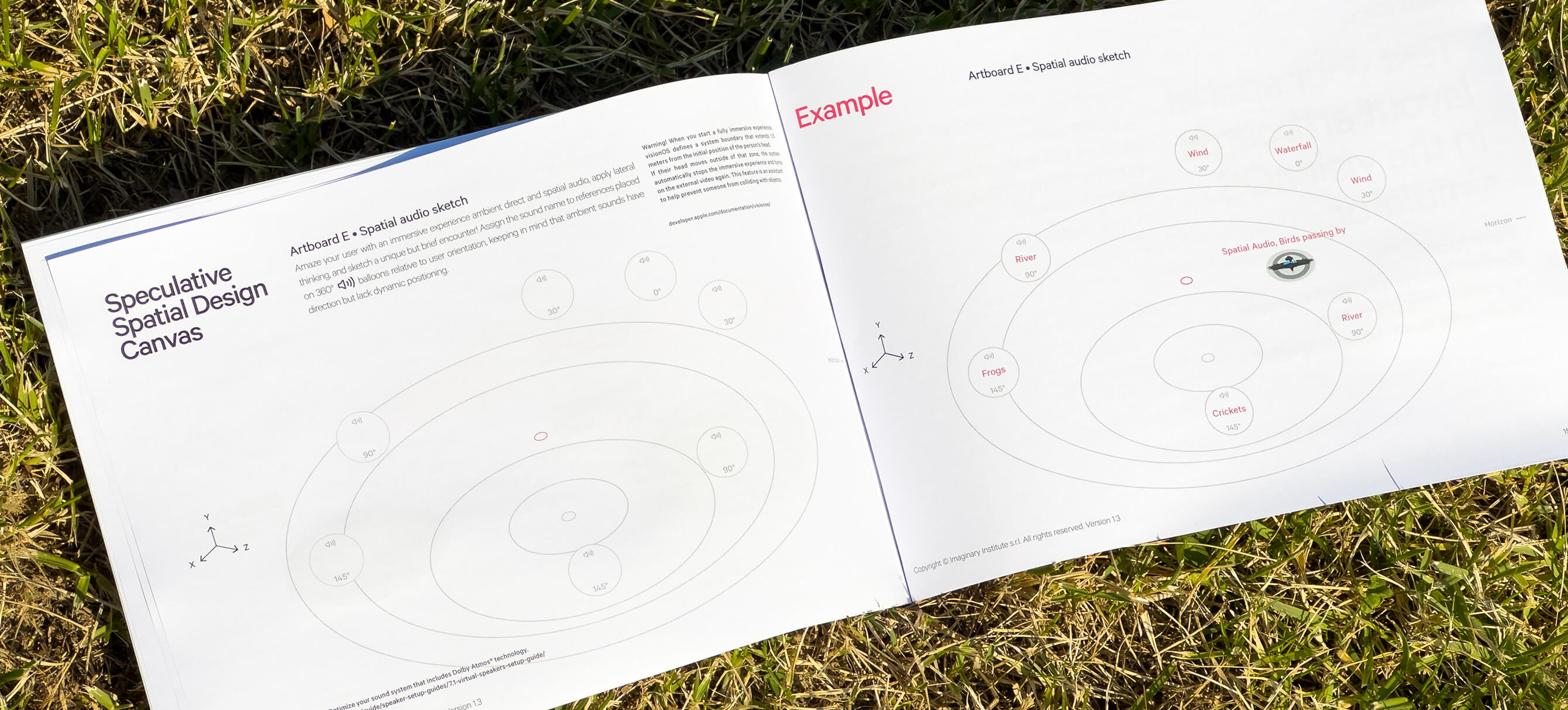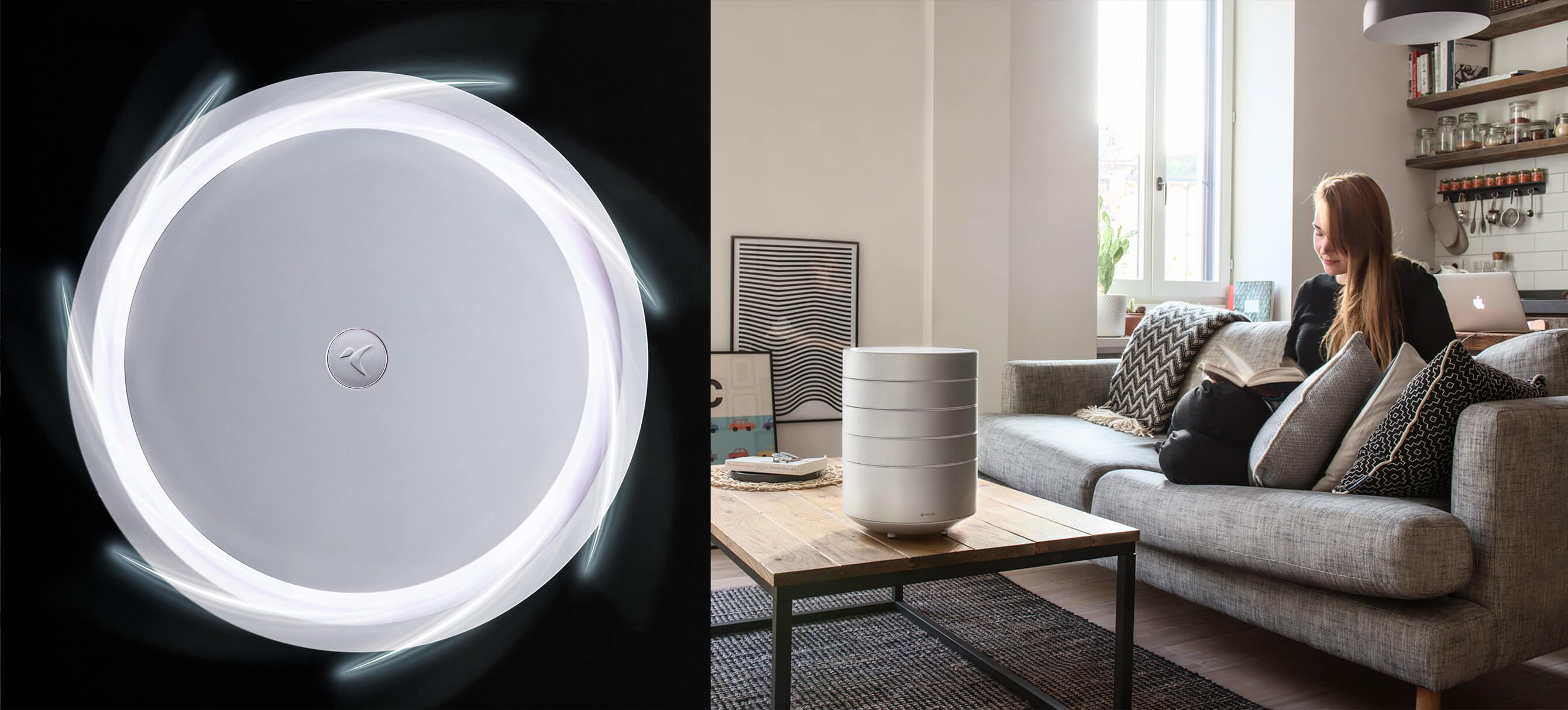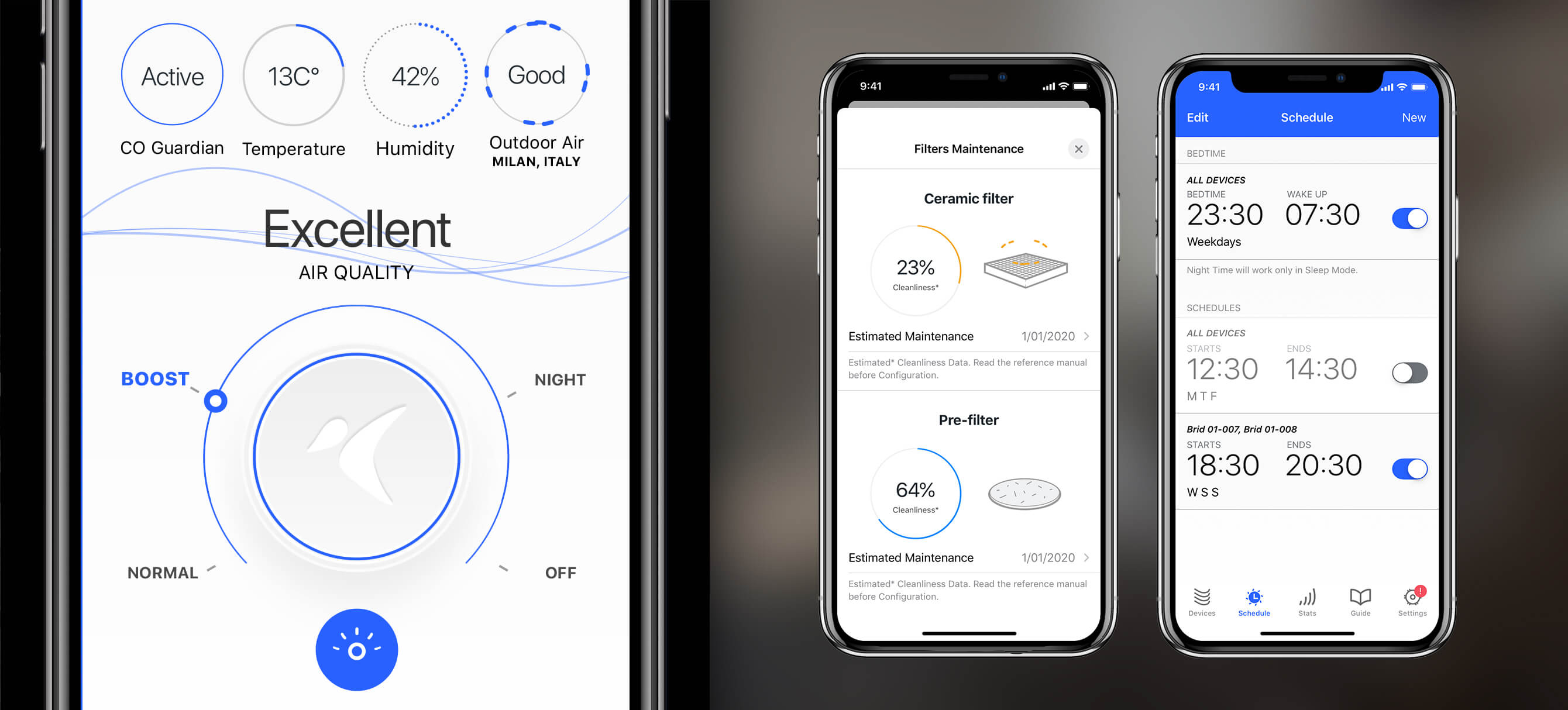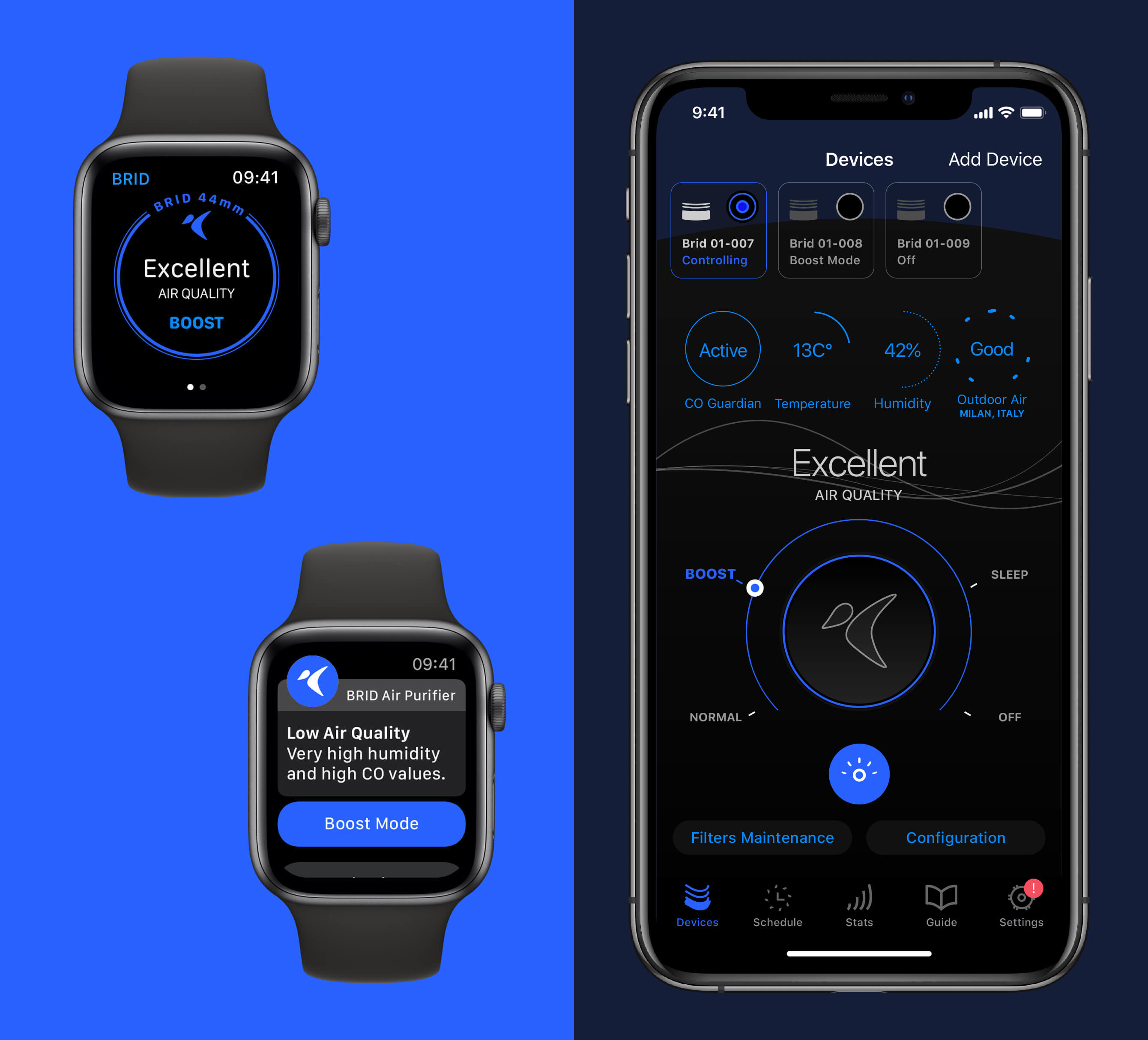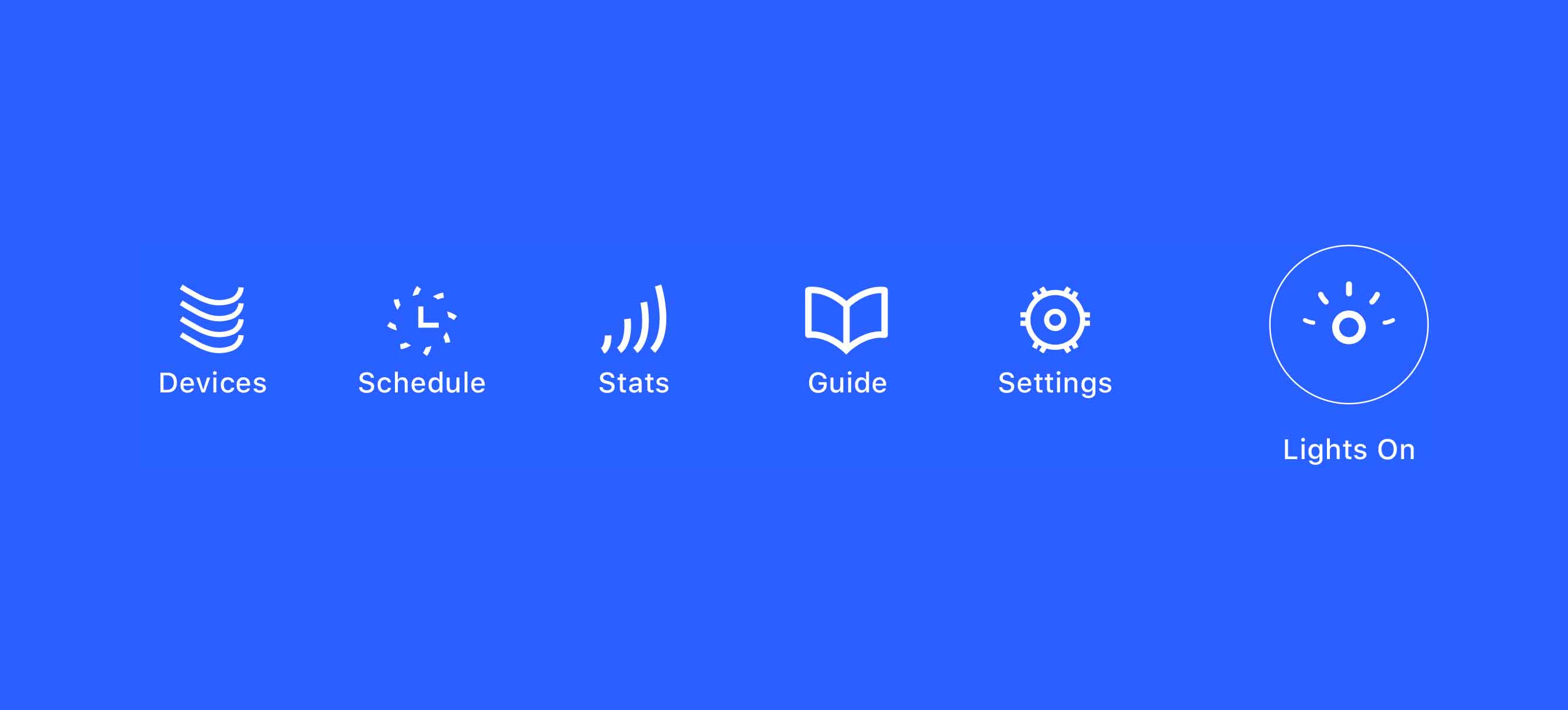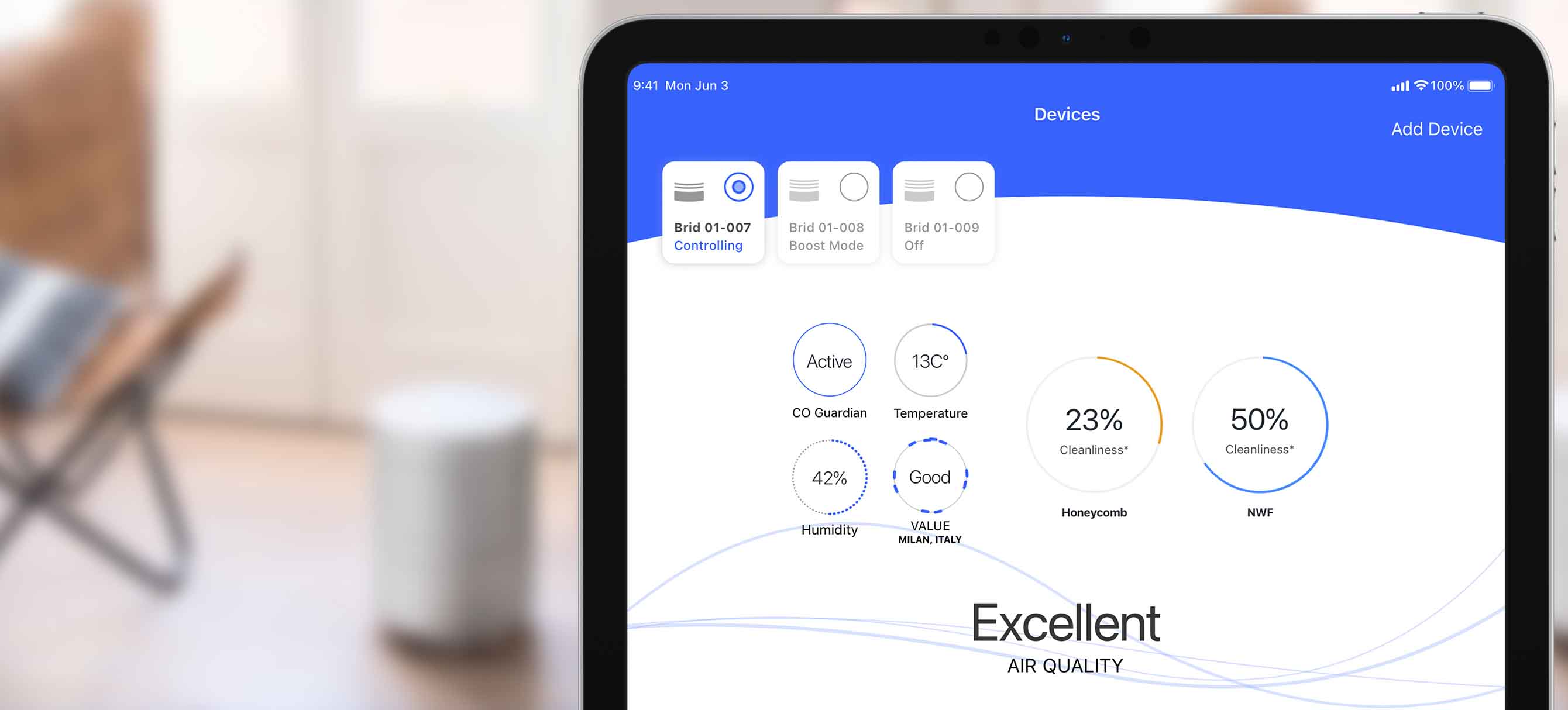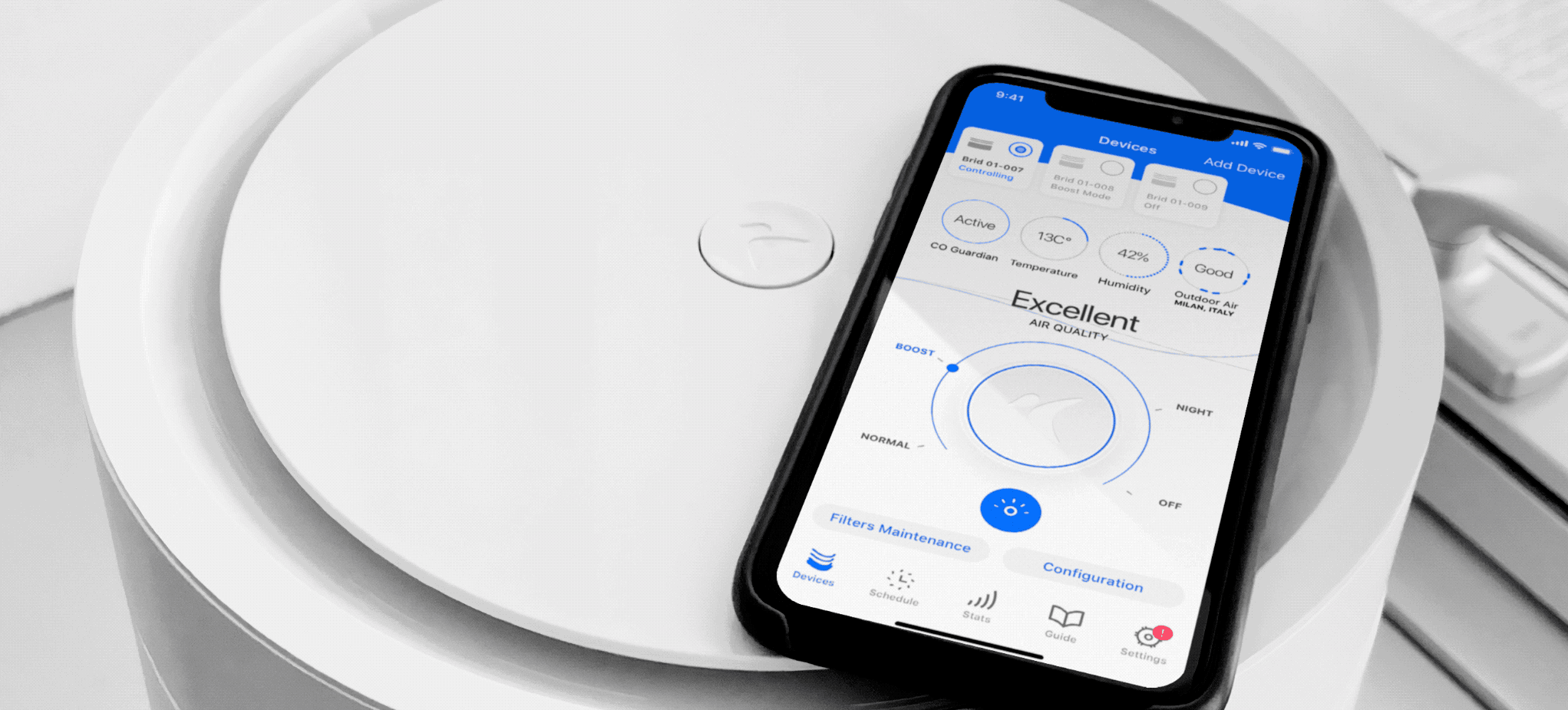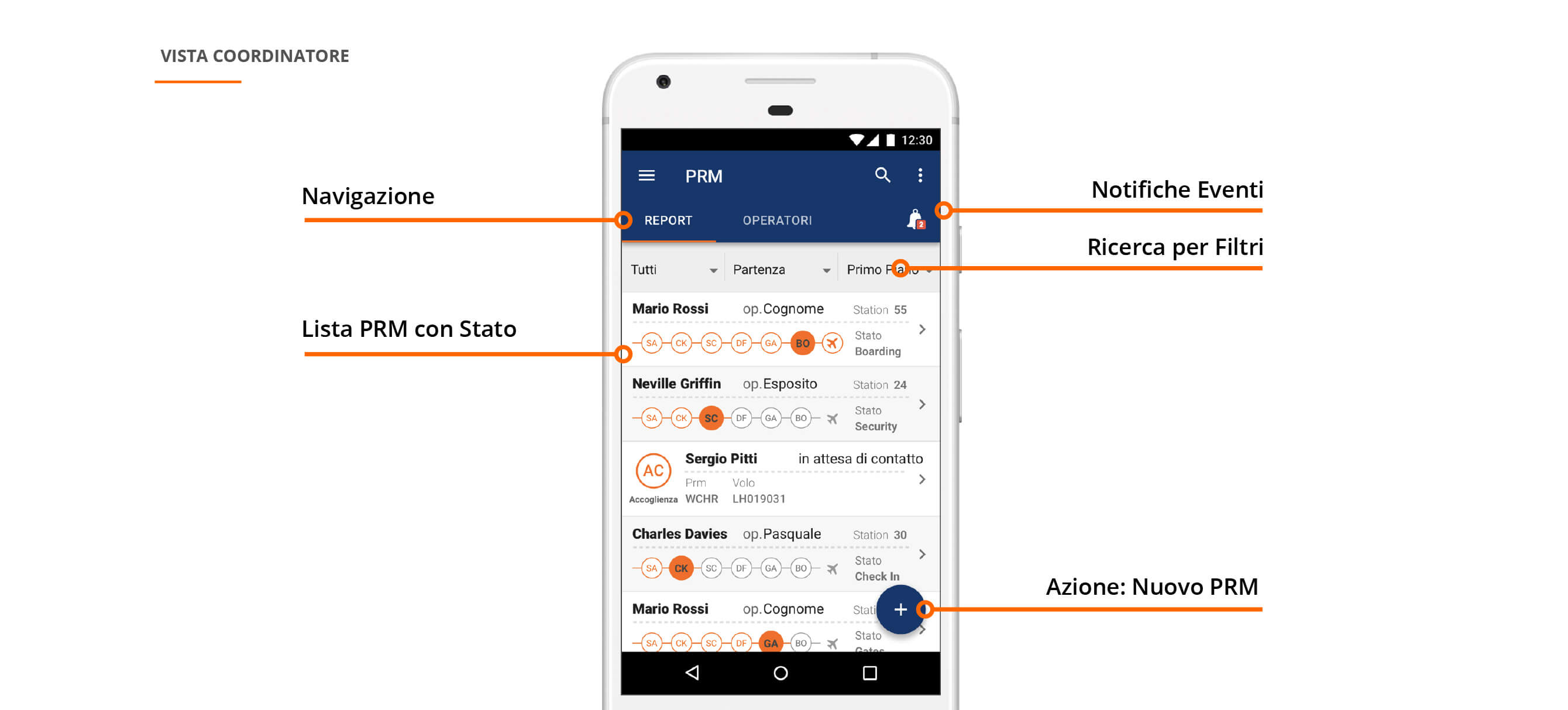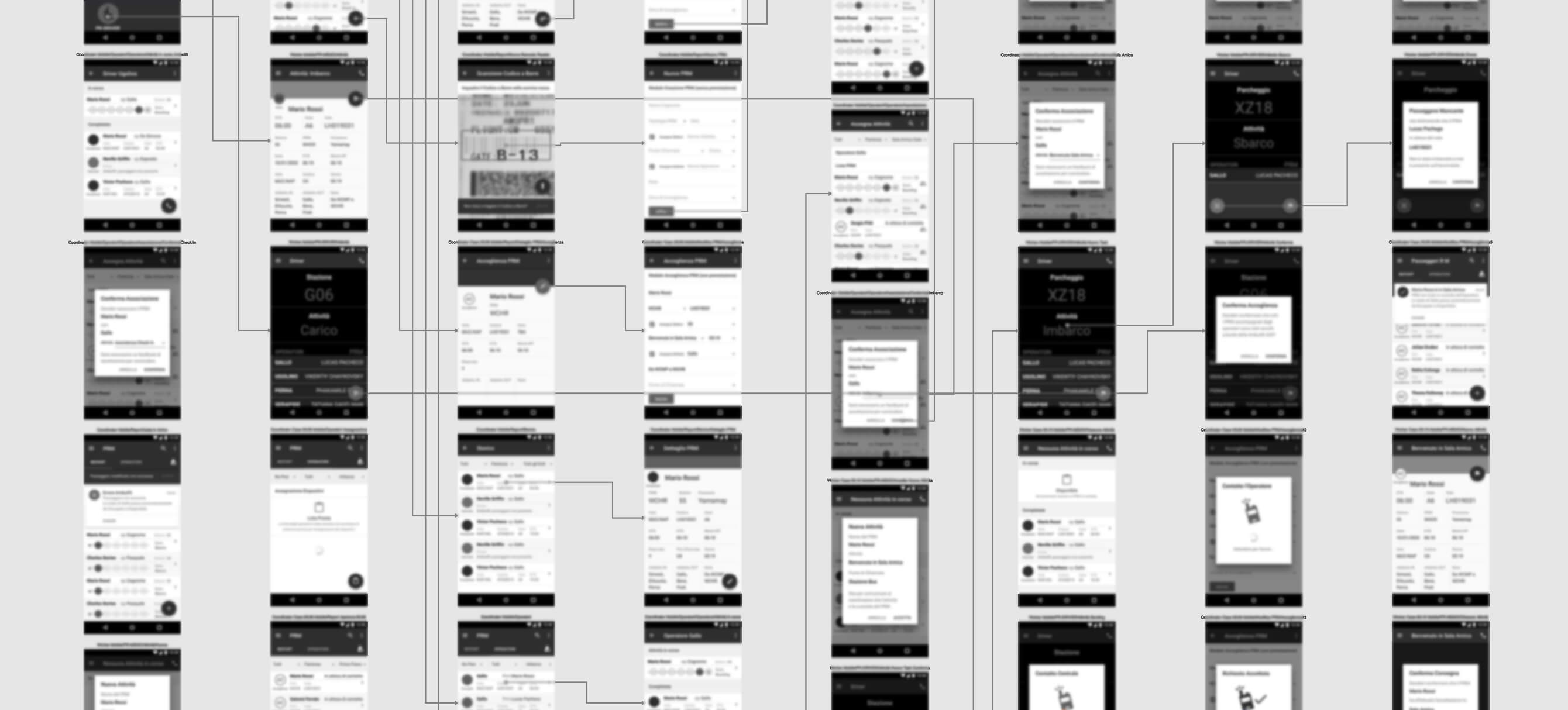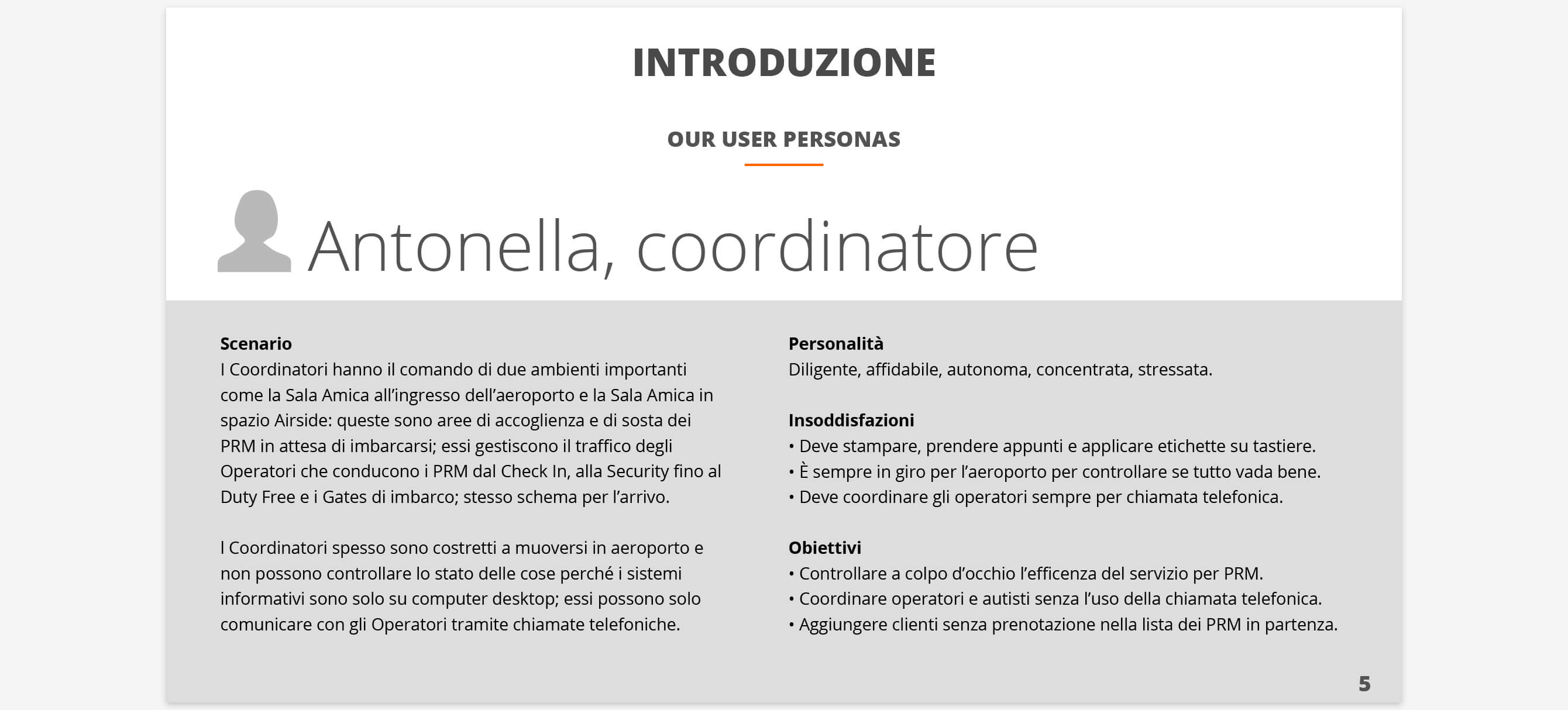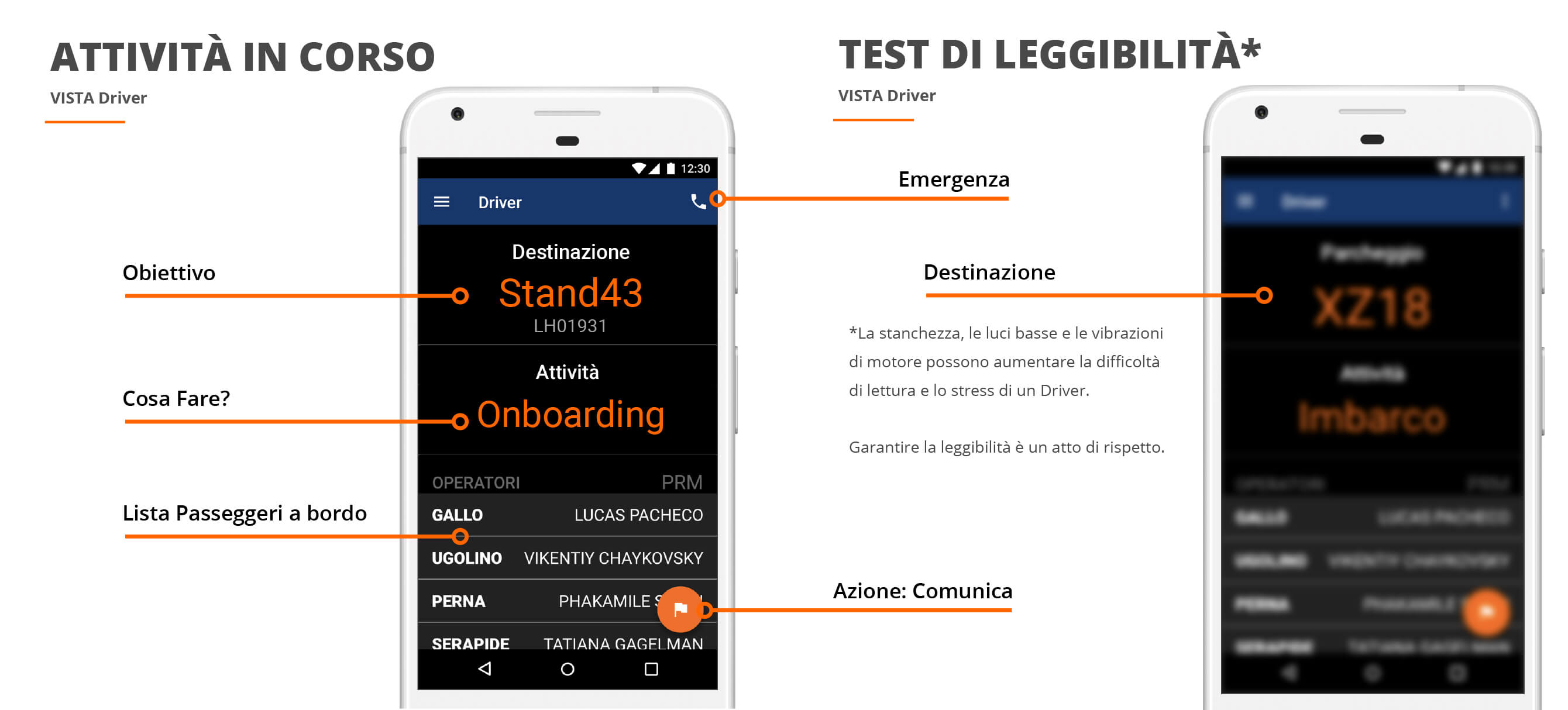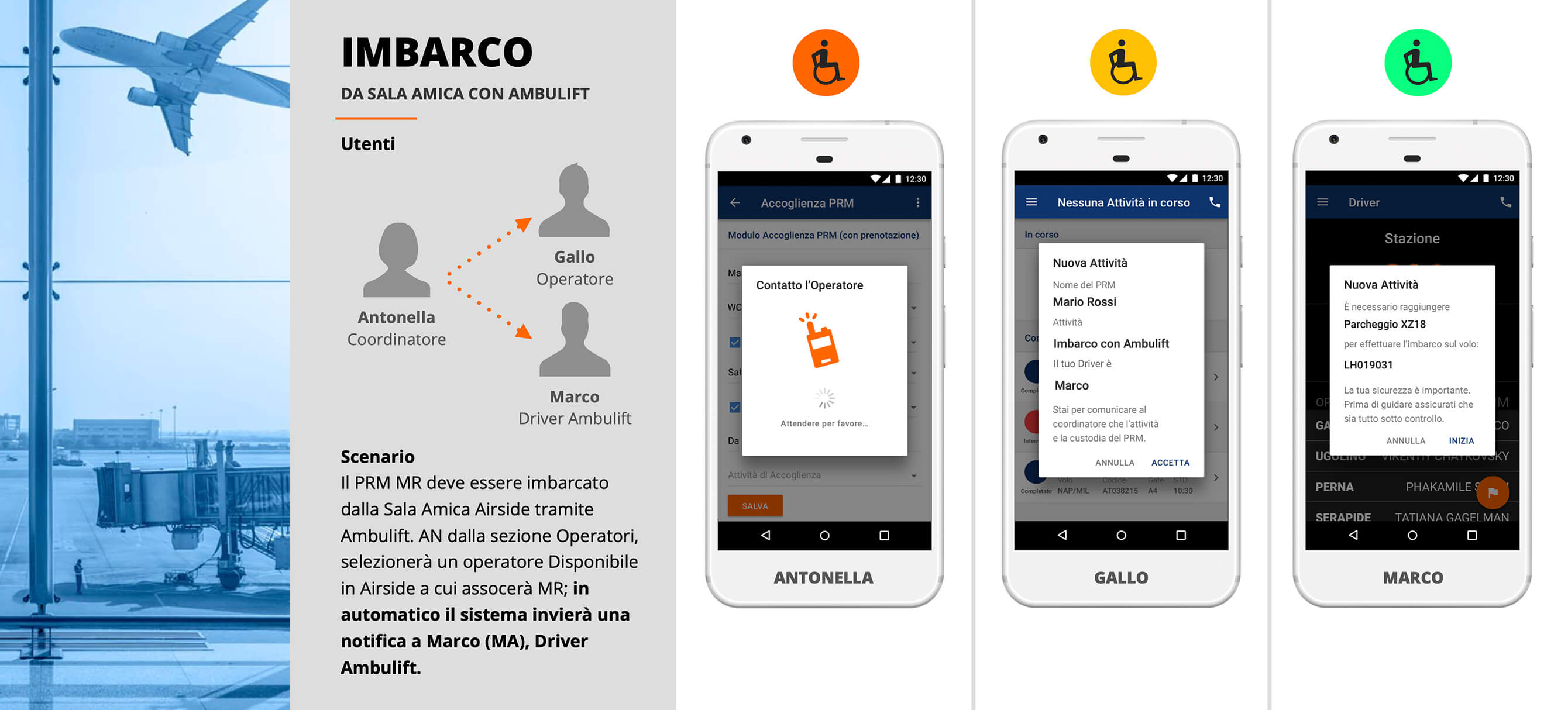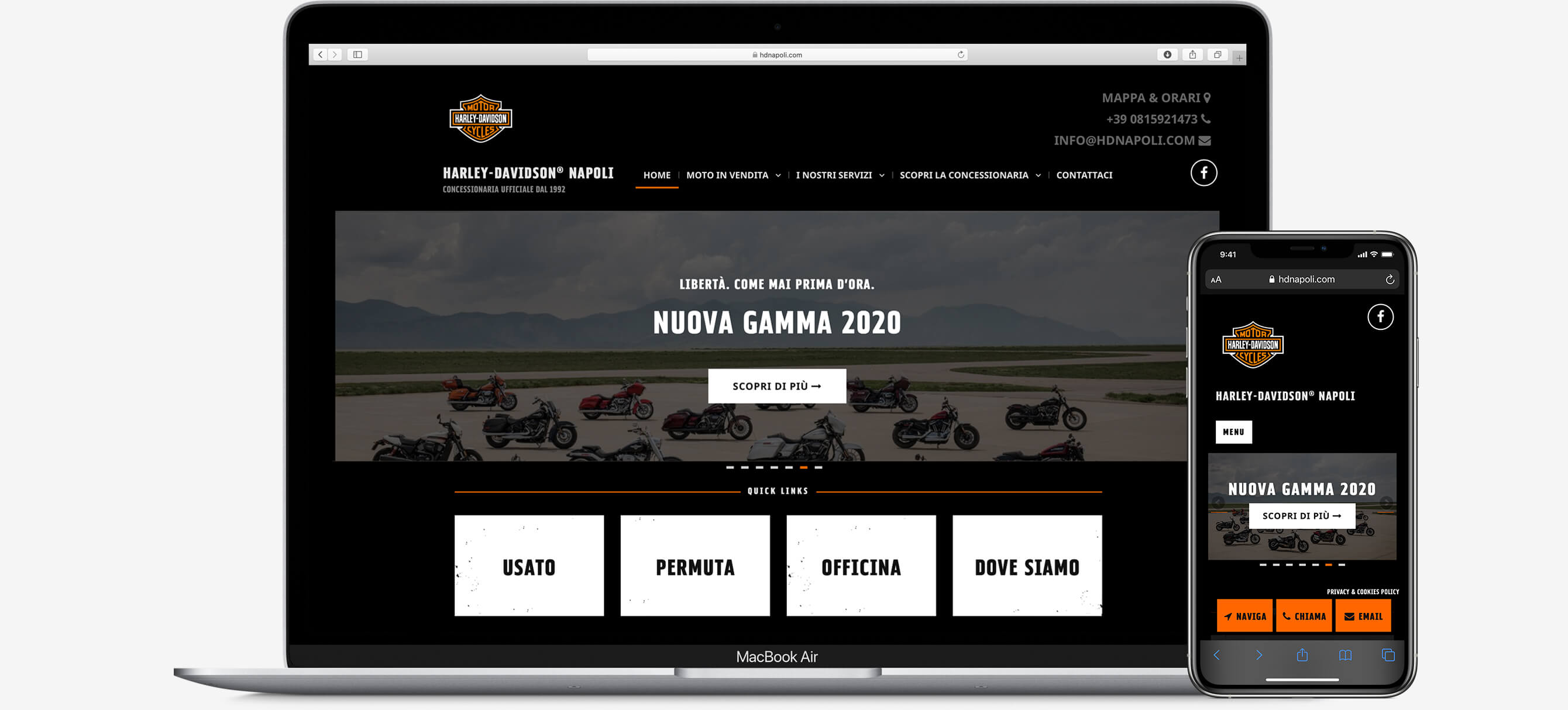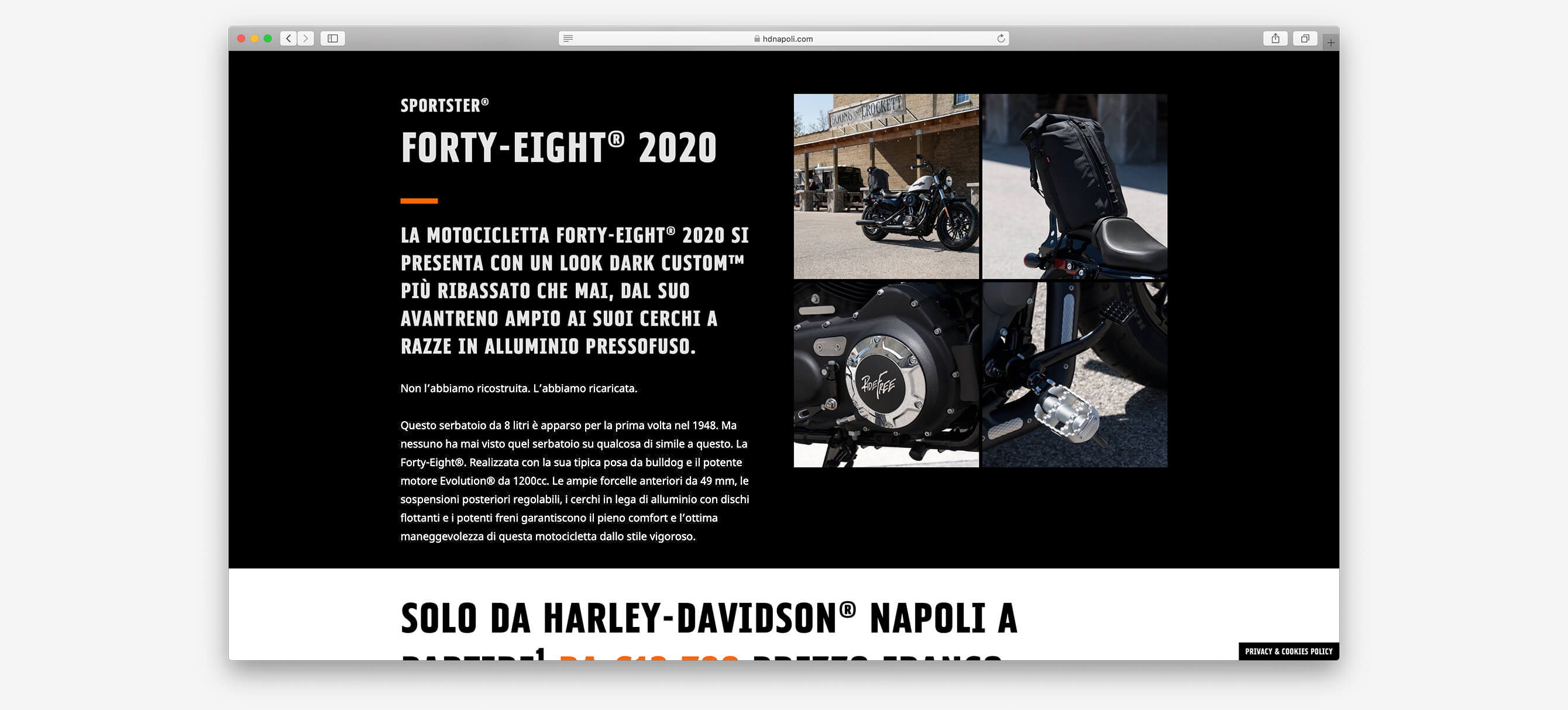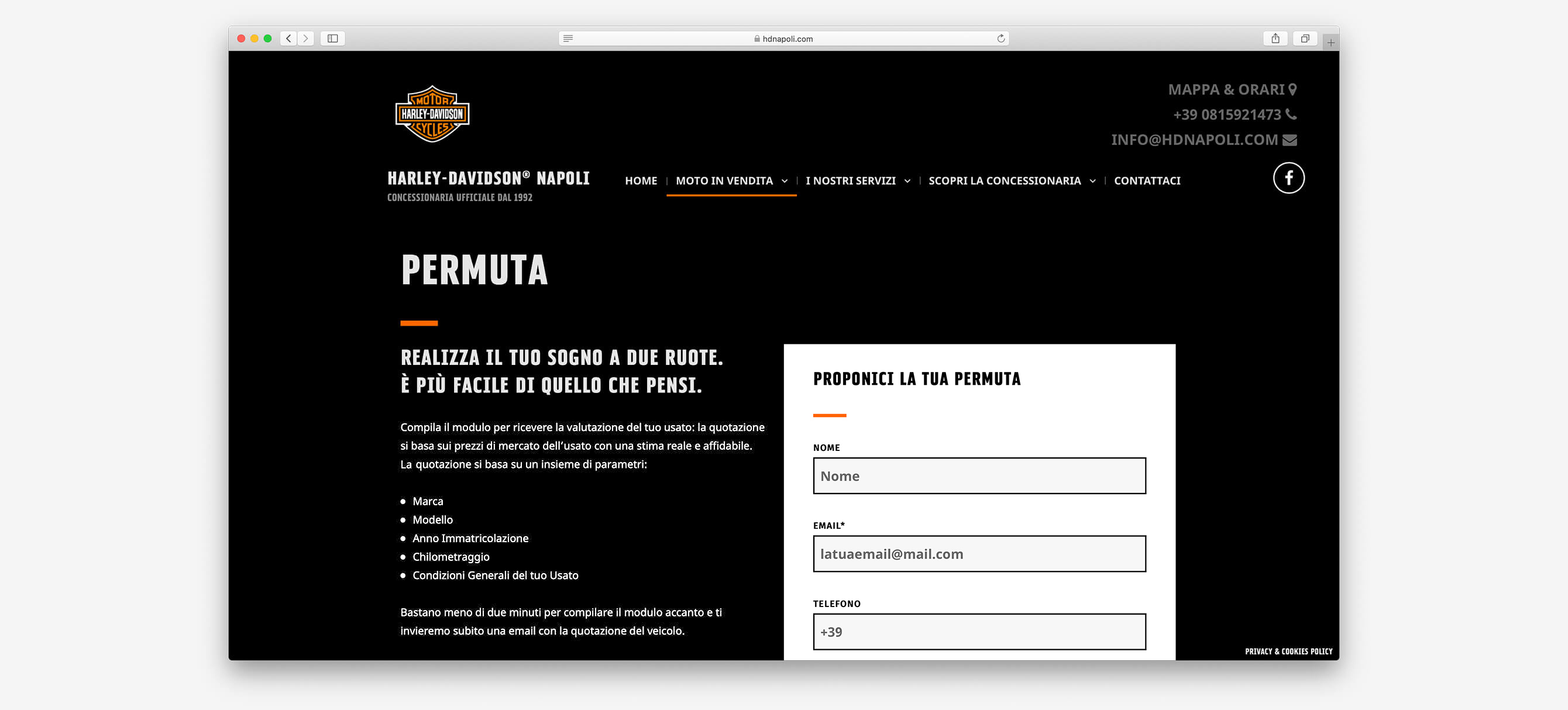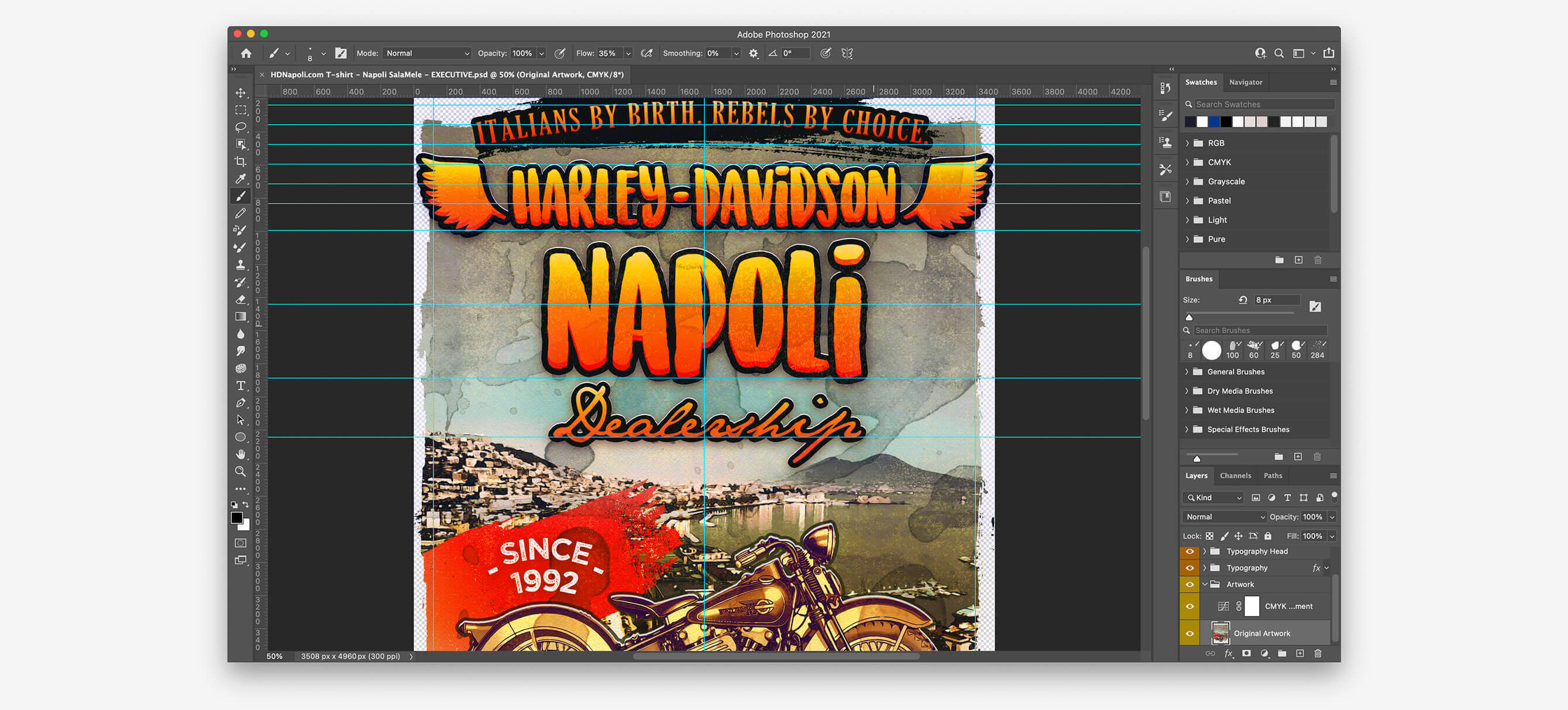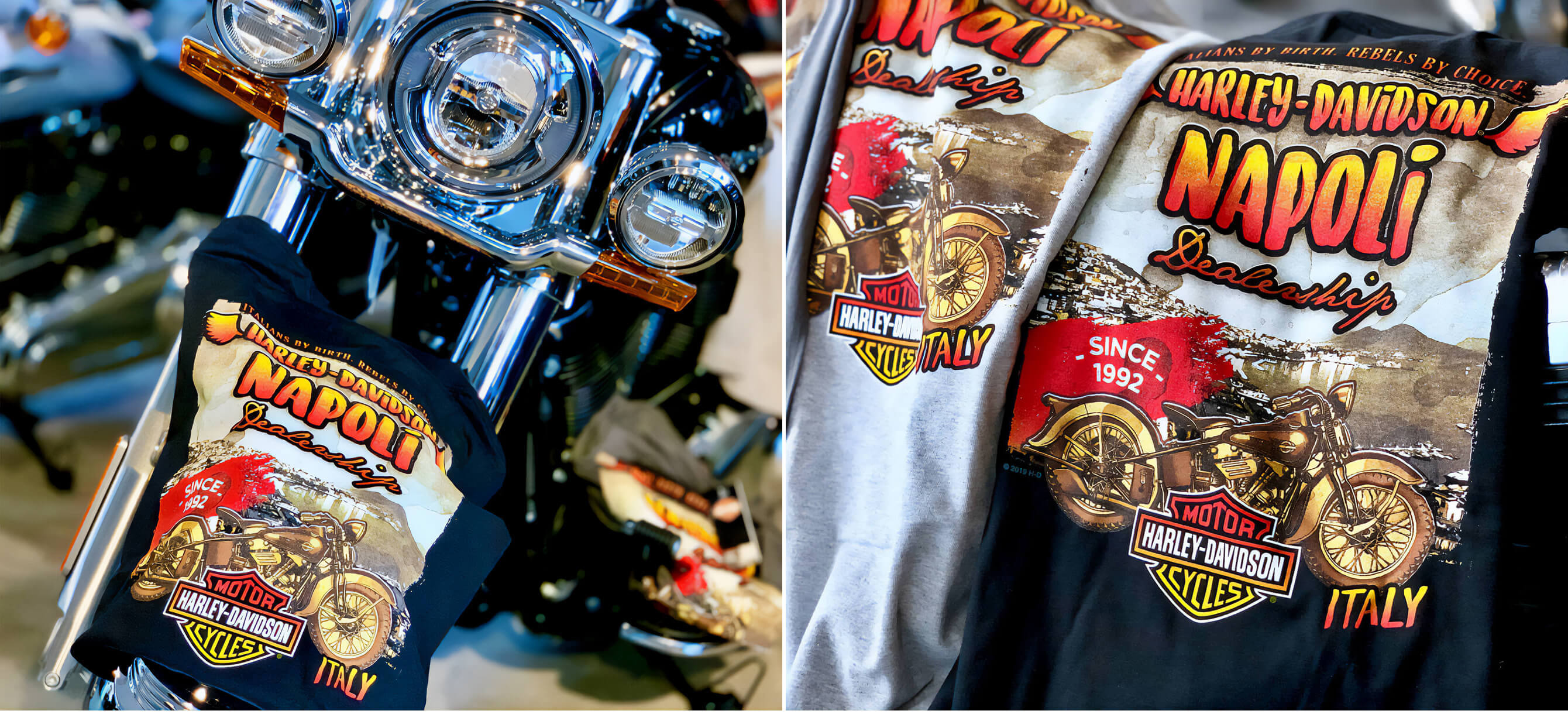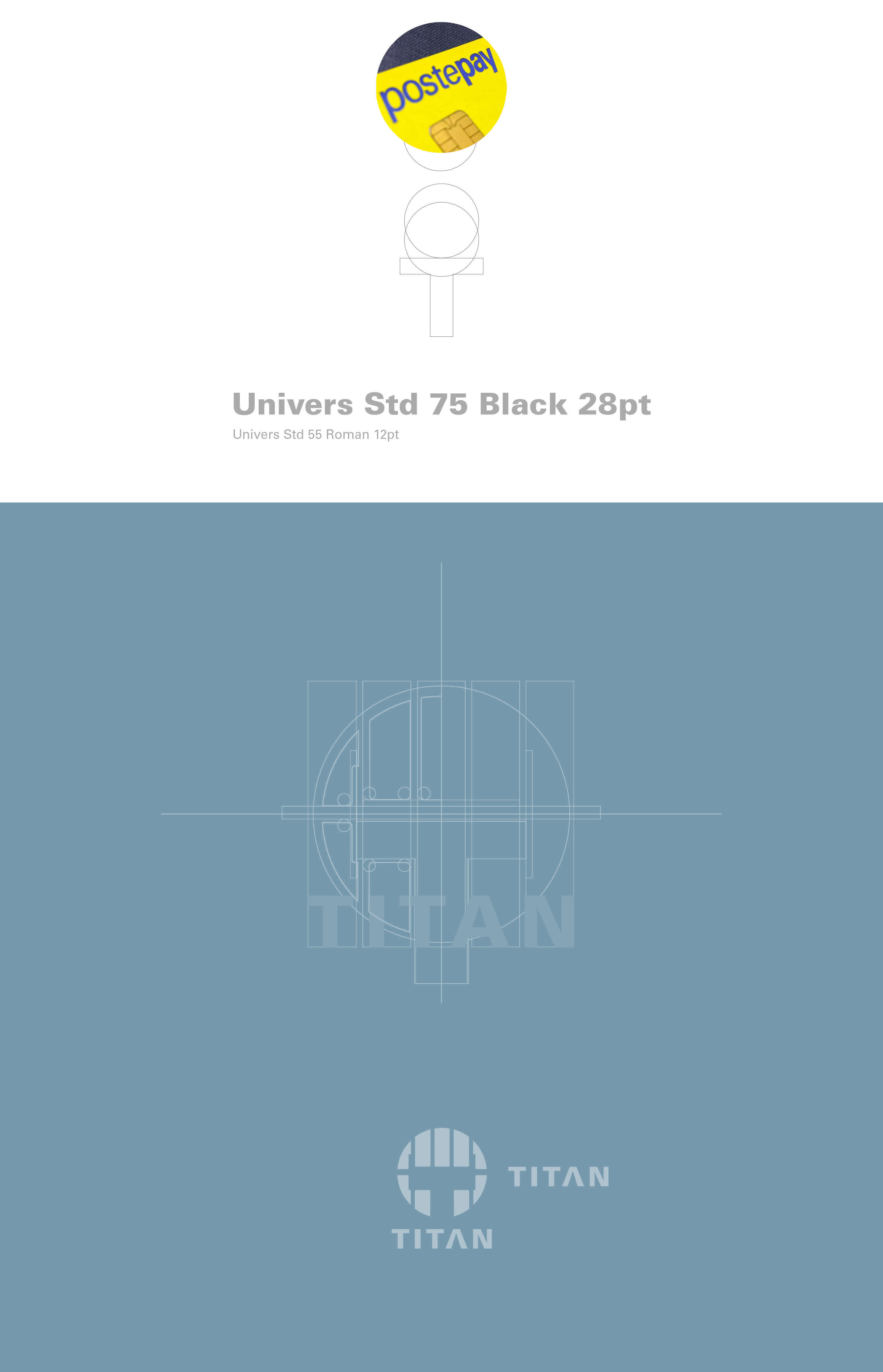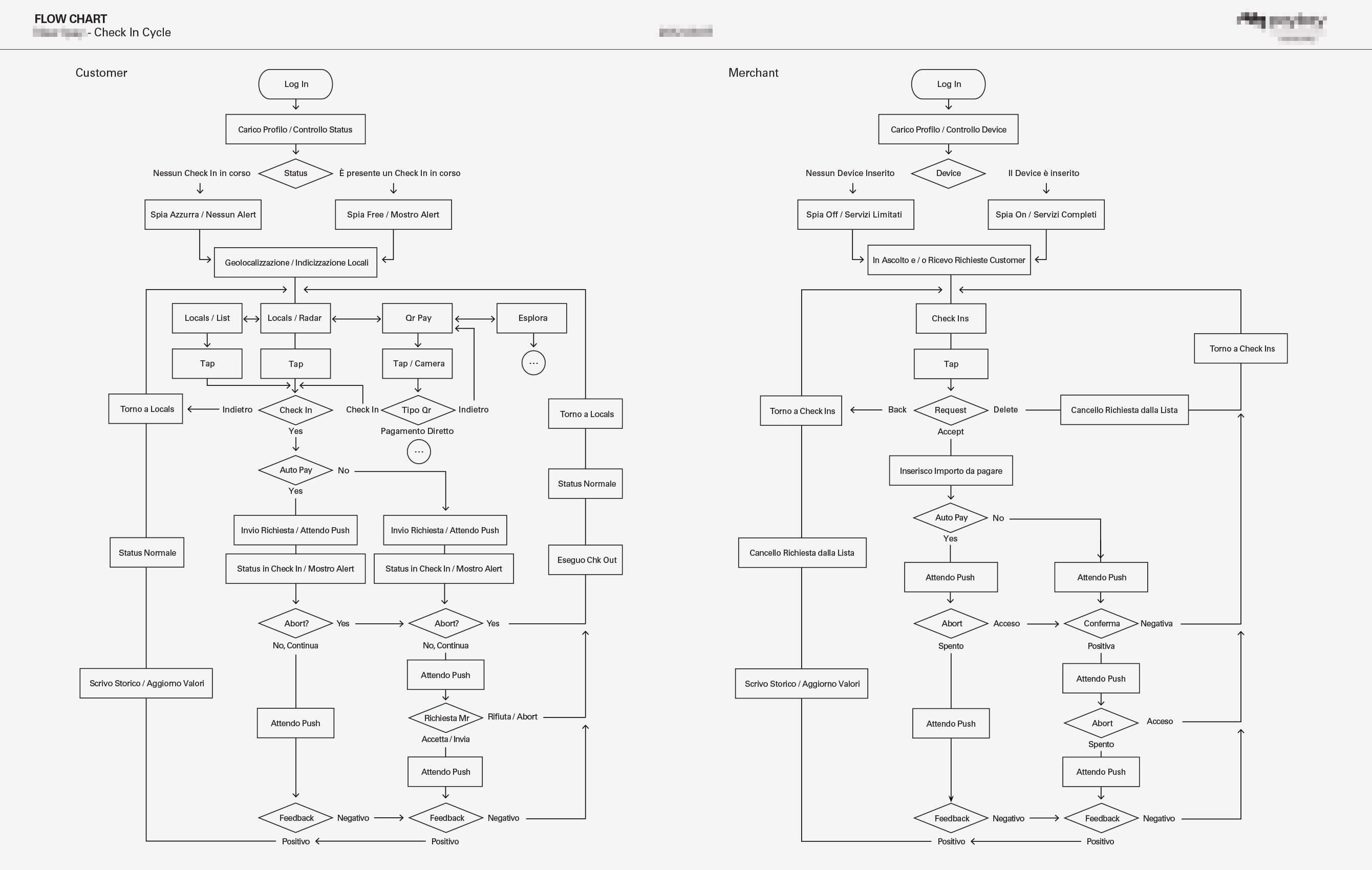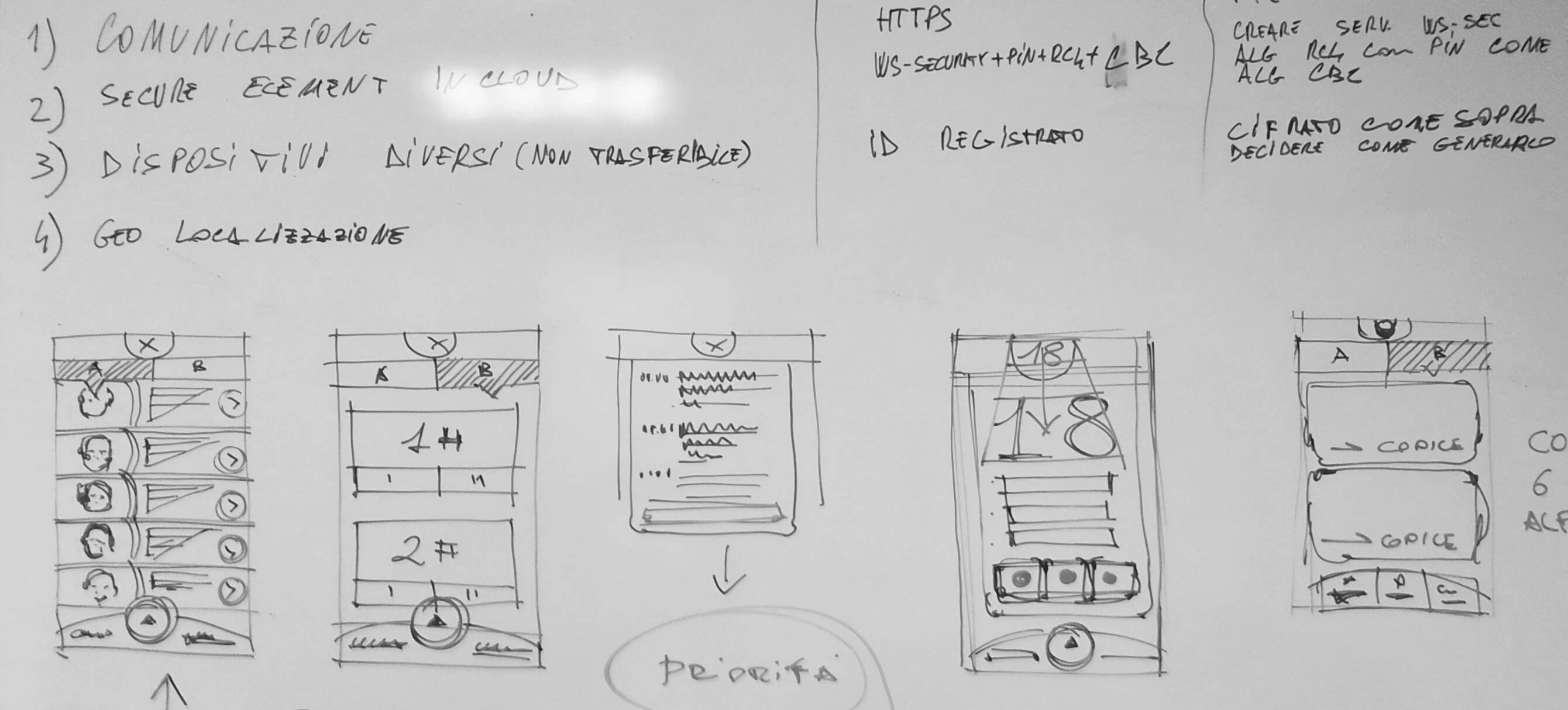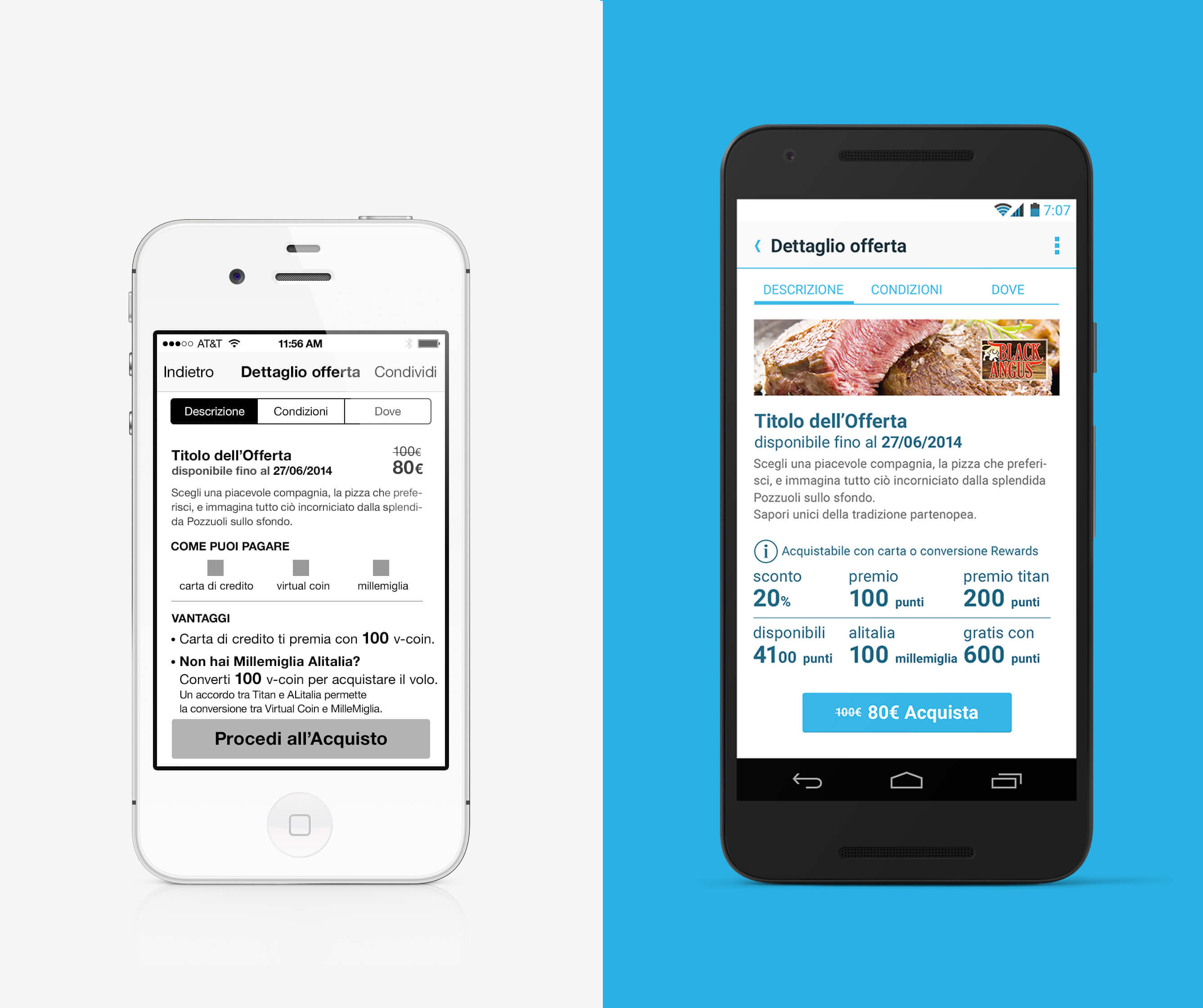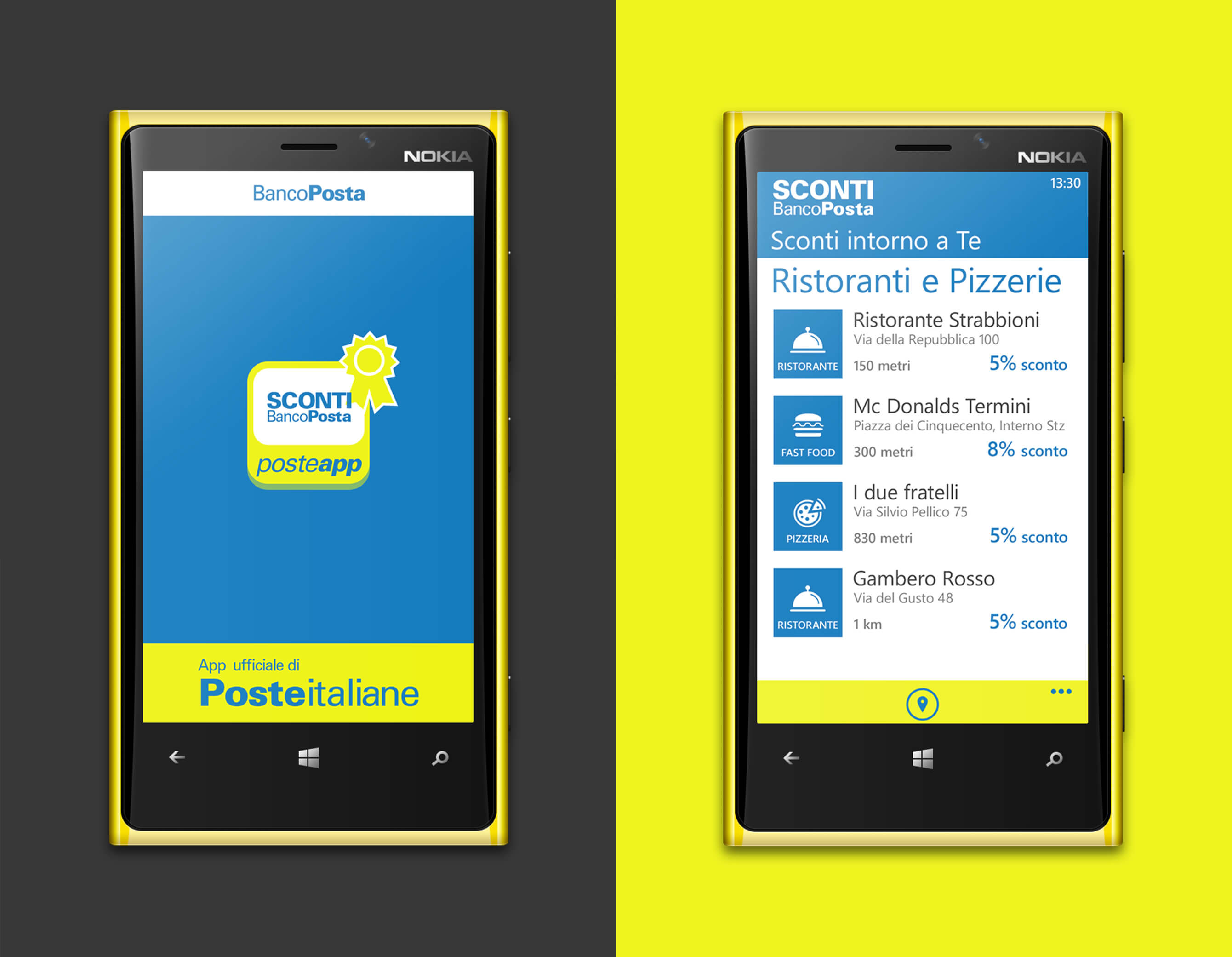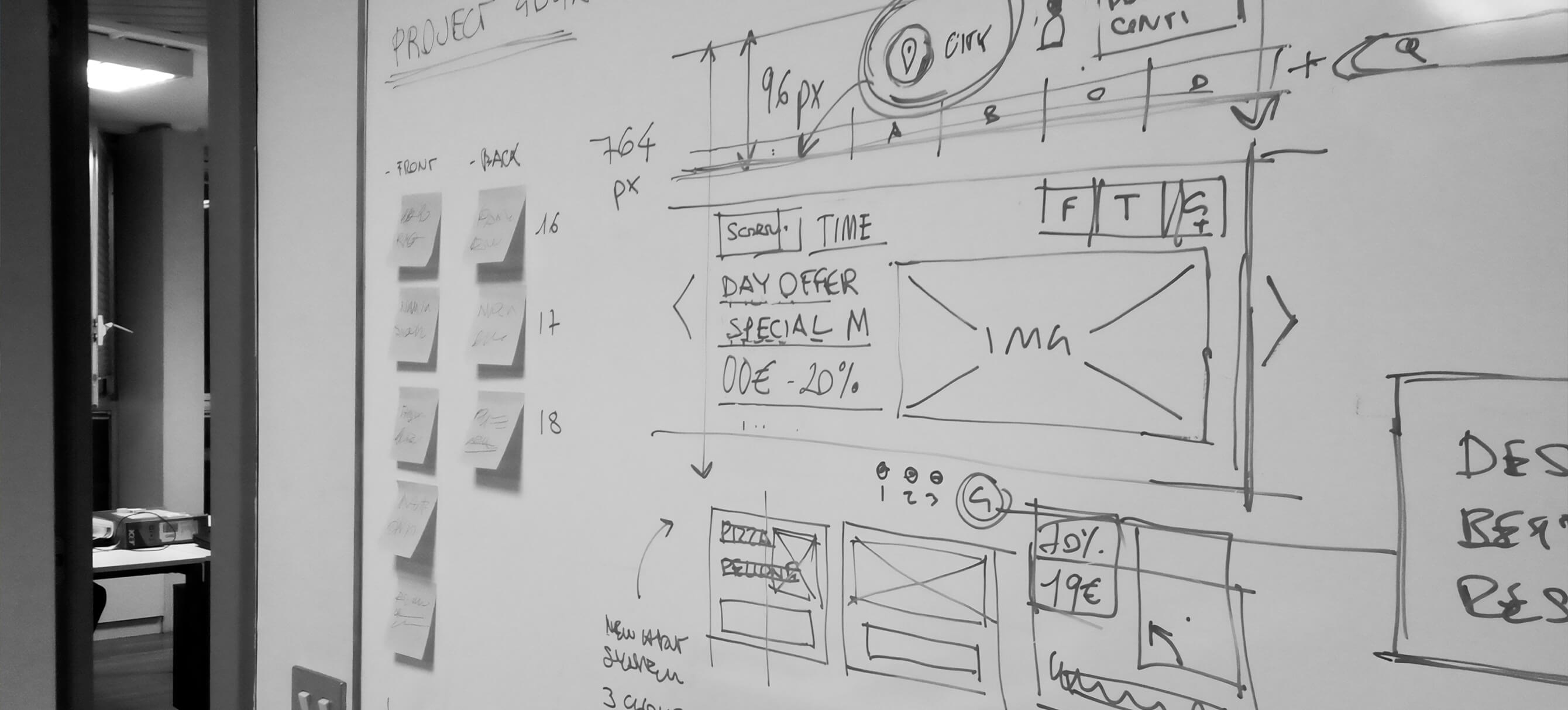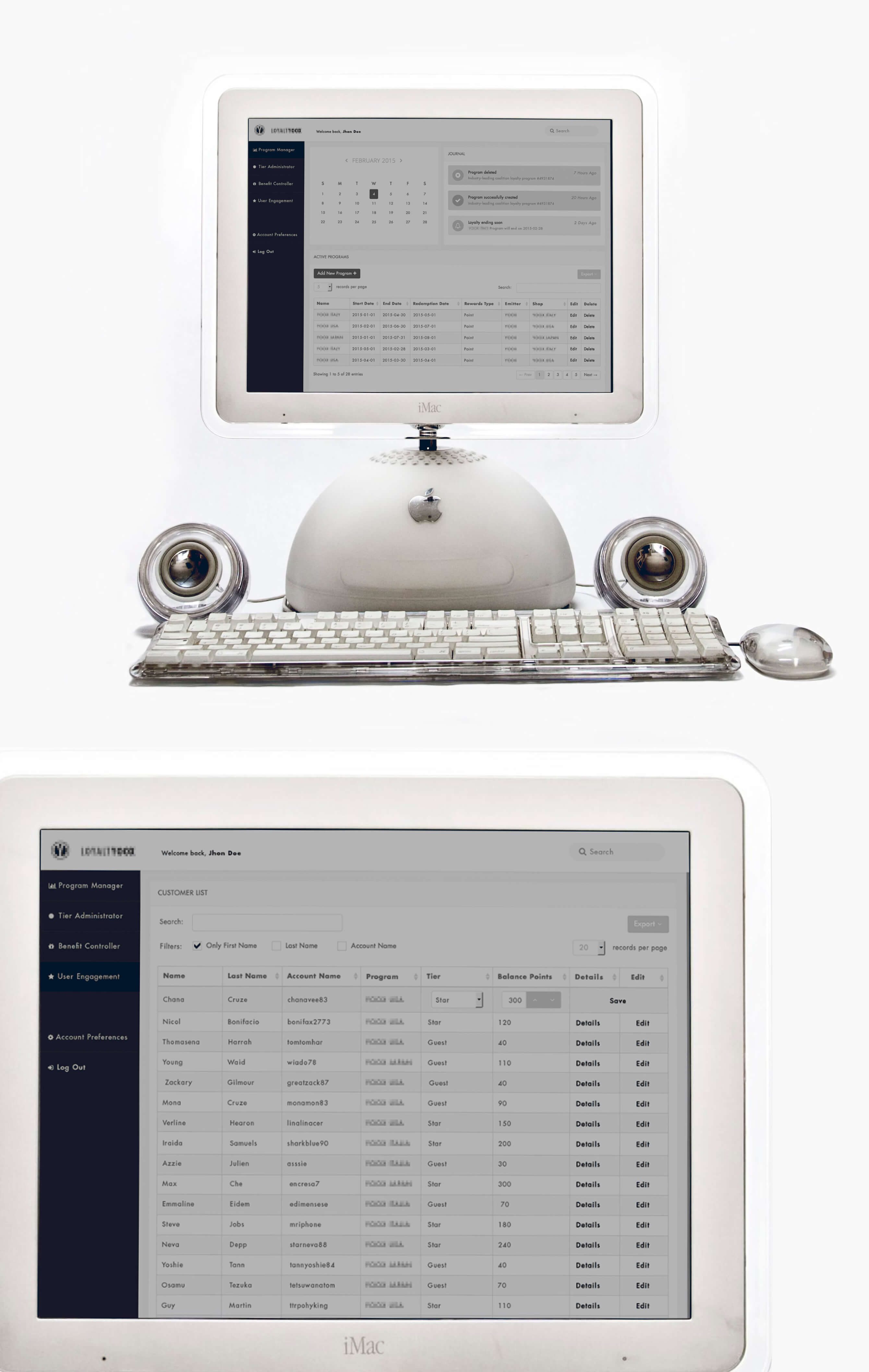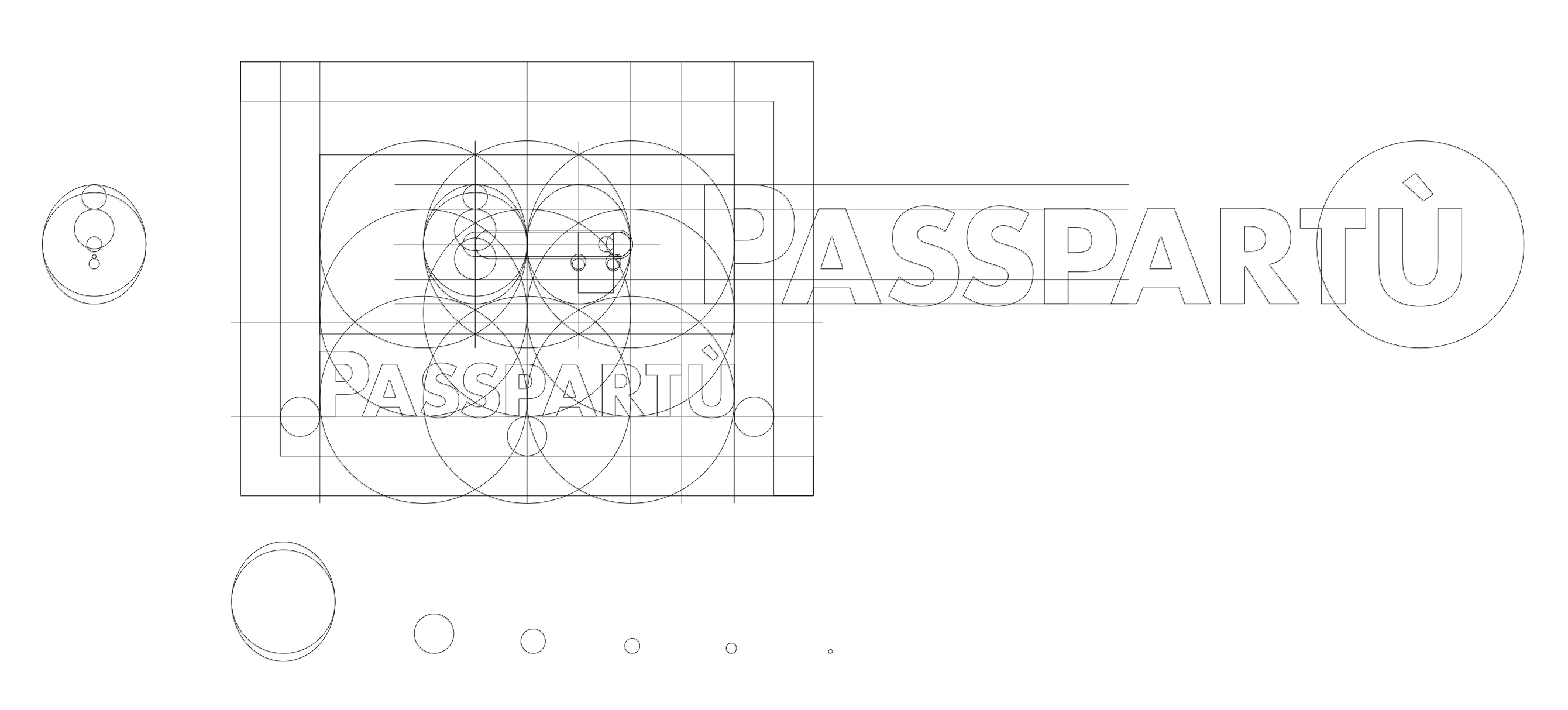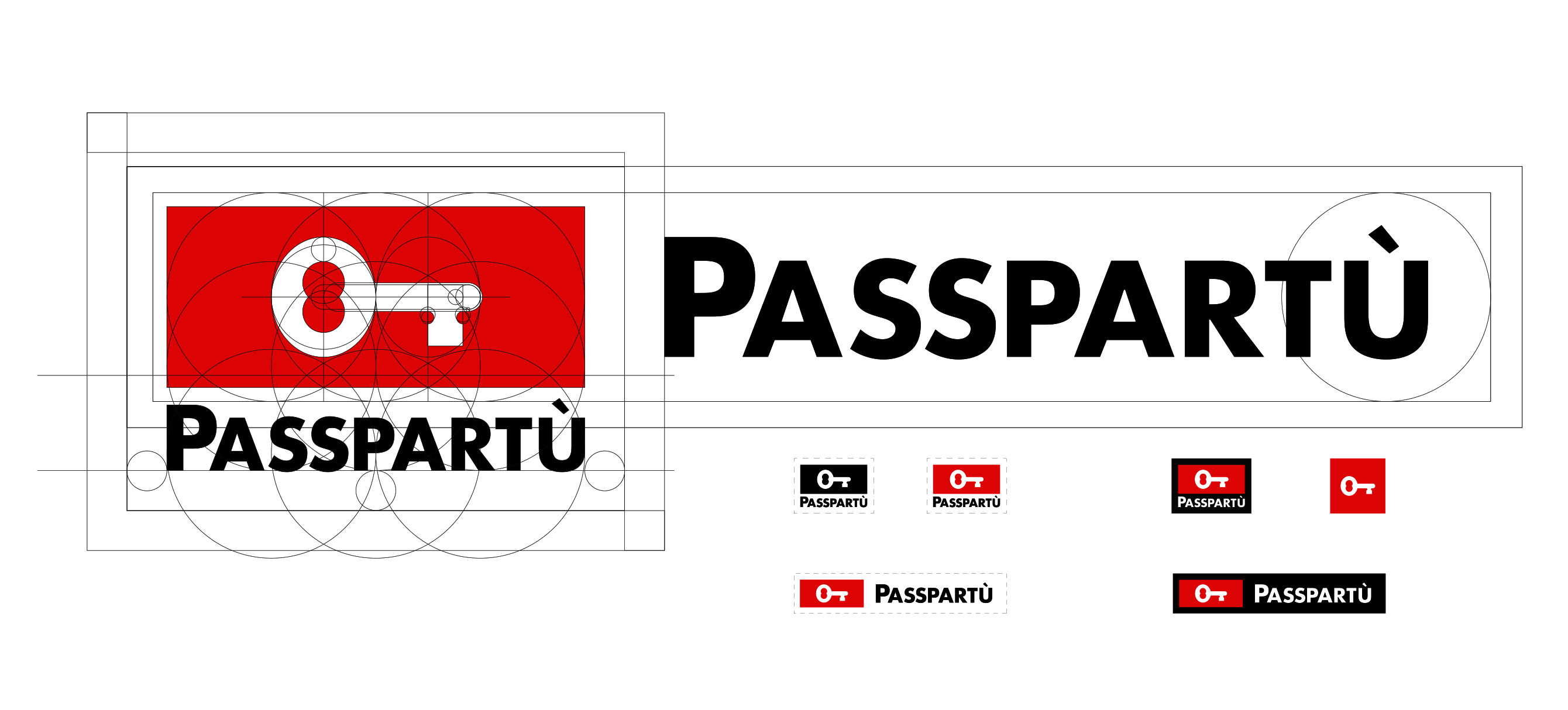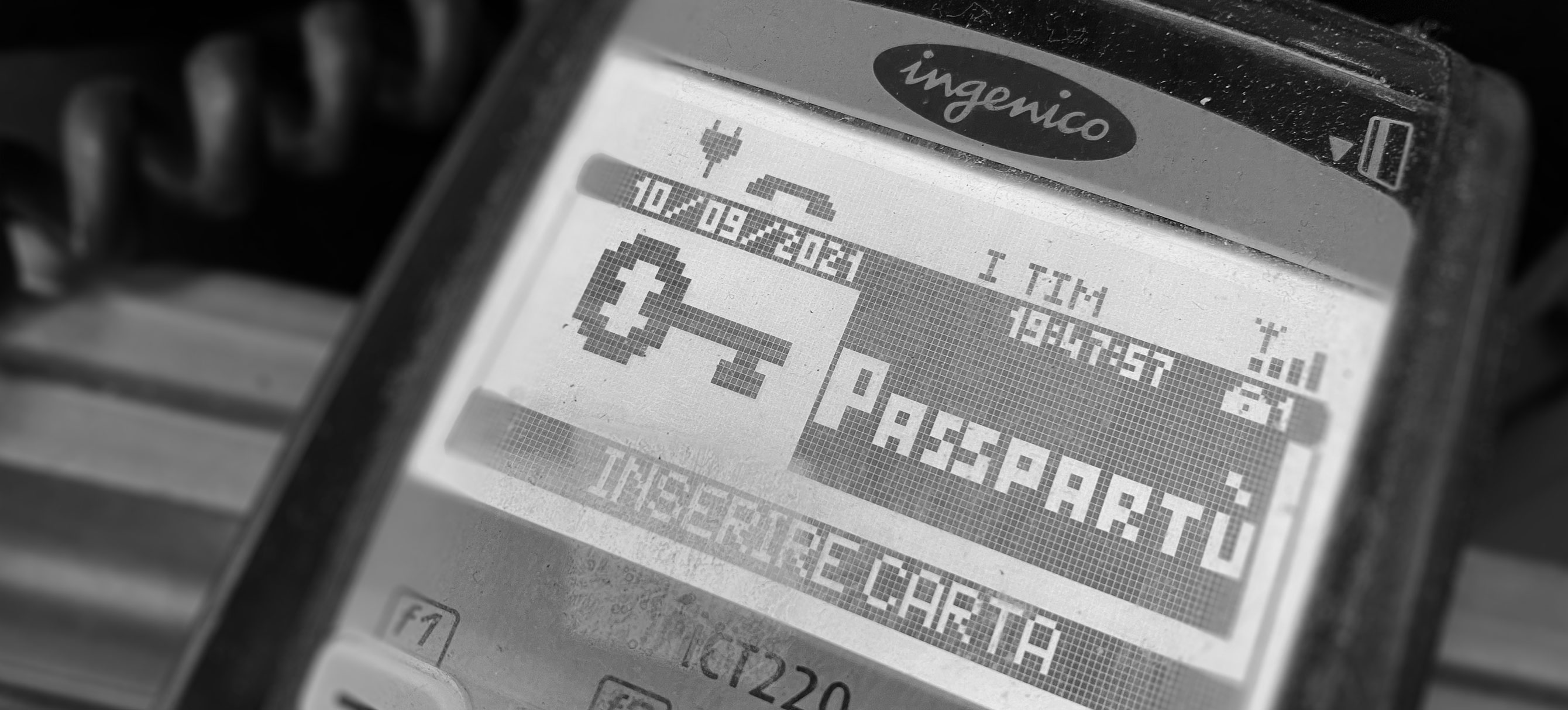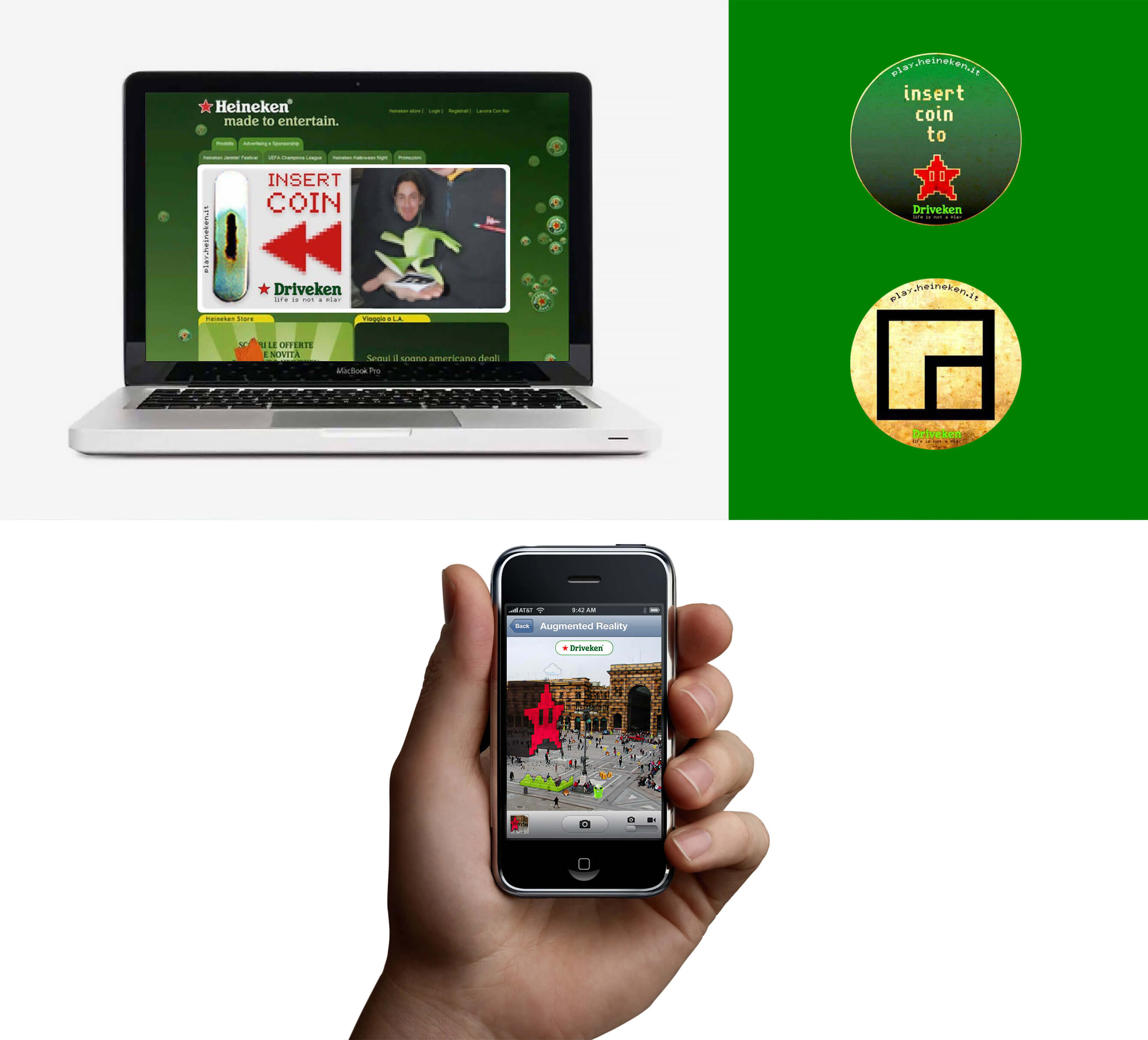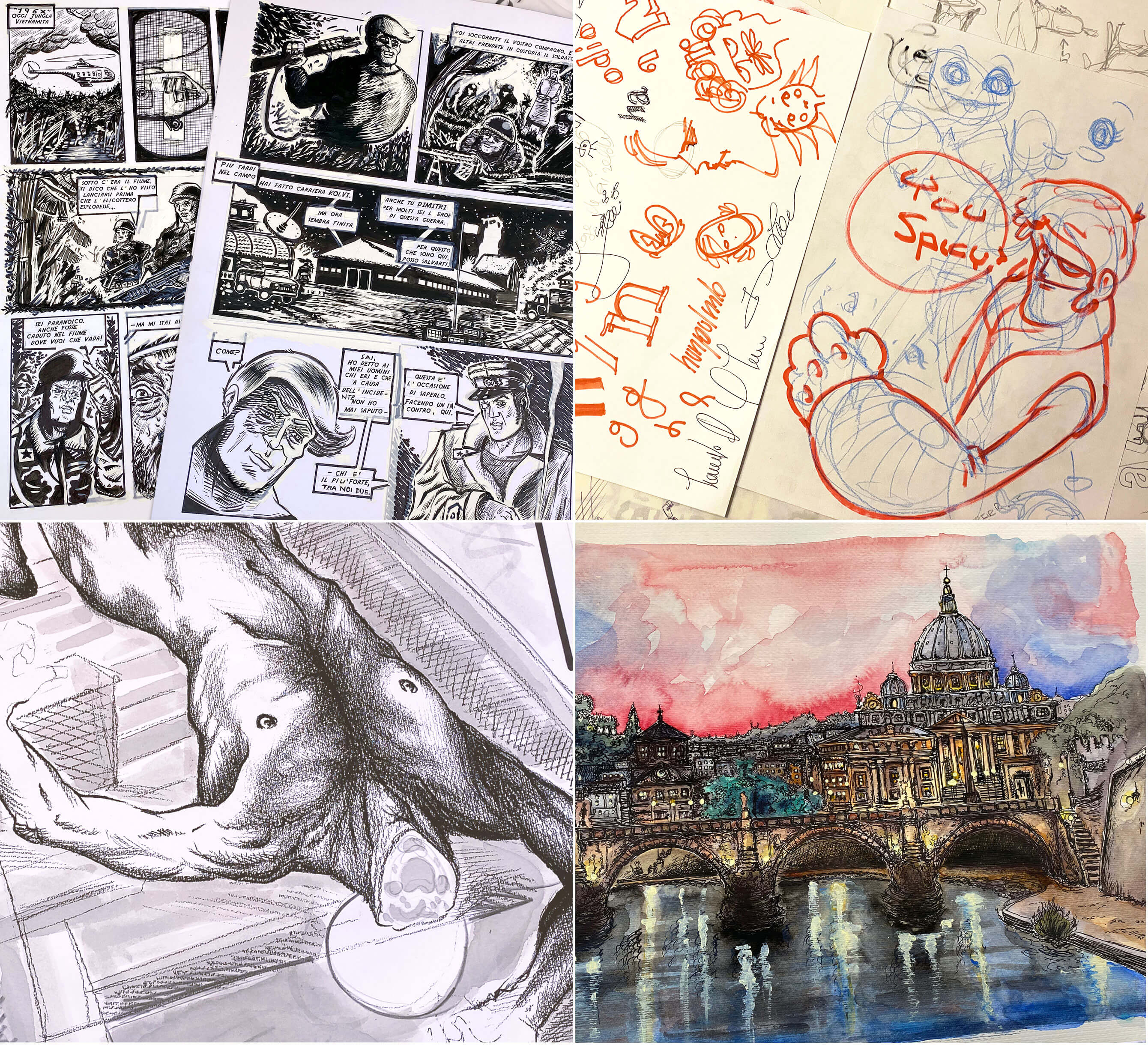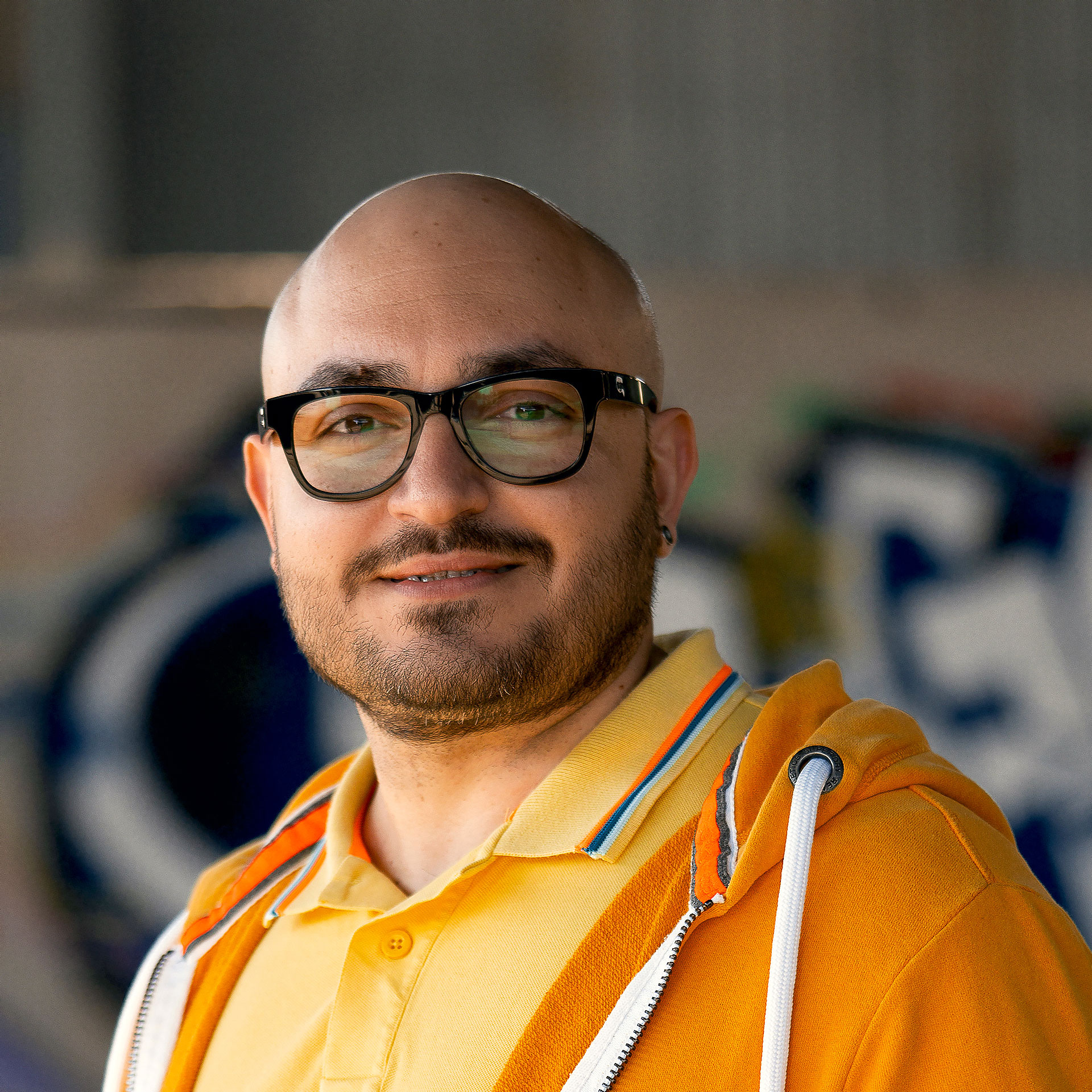Francesco Perchiazzi
Creative Director XR
With more than 15 years of experience in design methodologies, I collaborate with external partners and stakeholders, offering guidance on design direction, crafting narratives, and ensuring technical feasibility—infusing real-world insights into our learning process, particularly in immersive experiences and speculative design. I also represent these innovative educational approaches in various forums, including events, talks, conventions, and publications.
I supervise education for spatial computing, game design, and gamification at the University of Naples Federico II’s Apple Developer Academy. Since winning a call for industry professionals in 2016, I’ve been involved in crucial roles such as curriculum design for visual design and user experience, teaching, classroom management, tutoring, mentoring, and supervising participants within the CBL training project. Throughout my eight-year tenure at the Apple Developer Academy, I’ve been fortunate to contribute to the success of our flagship program on a global scale.
One of the milestones I’m particularly proud of is the creation and authorship of the first original-ever pedagogy curriculum for Game Design. This curriculum encapsulates a holistic approach to game development that integrates gameplay testing, art direction, and narrative storytelling to create captivating and memorable gaming experiences. It was a collaborative effort, and I’m humbled to have shaped educational resources for aspiring developers.
My objective is to broaden my impact by generating insightful essays, hosting workshops, and creating graphic art that delves into the complexities of spatial computing and its myriad applications. As I set my sights on my future aspirations, I am filled with anticipation for the possibilities of advancing education, professional training, and consulting in spatial computing. Lifelong learner, author, cartoonist.
Certified

Obtaining an industry-recognized certification for Adobe Photoshop in 2010 was a pivotal moment in kickstarting my career in the graphic design industry. The Adobe Certified Expert Photoshop® CS4 credential validated my proficiency using the software and demonstrated to potential employers that I had the necessary skills to be a competent graphic designer. This certification opened doors for me to secure various job opportunities and to work with clients who recognized my expertise in Adobe Photoshop. The Adobe Certification not only helped me to build my professional reputation, but it also provided me with a solid foundation to continue developing my skills in the ever-evolving field of graphic design. Credential ID #ADB242107.

Attending the UX Certification training with Nielsen Norman Group in Atlanta, Georgia, in September 2014 was a rewarding experience for many professionals seeking to deepen their knowledge in the user experience field. The training program, which covered various aspects of UX design, research, and testing, was led by industry experts and provided a hands-on approach to learning. After completing the program, participants obtained a UX Certification credential, including a unique ID number. This credential, such as UXC#1005424, is recognized as a mark of excellence in the field and demonstrates a commitment to upholding the highest standards in user experience design.
Author
Spatial Computing, Cartoon Animation.
-
Embracing Imaginary Spatial User Experience in visionOS
- Based on recent explorations and discoveries enjoy our spatial computing user experience guidelines.
-
Read it on Create with Swift
-
Embracing spatial computing: the Speculative Spatial Design Canvas
- Speculative Spatial Design Canvas guides developers for solid immersive visionOS experiences and user-friendly apps.
-
Read it on Create with Swift
-
Embracing Extended Reality (XR): diving deep into Spatial Design for visionOS
- Understand the challenges of designing extended reality experiences.
-
Read it on Create with Swift
-
Embracing Extended Reality (XR): visionOS challenges
- Discover challenges in XR’s design and UX, signaling a transformative shift, navigating responsive design complexities, and immersive interface innovations.
-
Read it on Create with Swift
-
Fare cinema disegnato. Il cartoon animato spiegato a mio nipote.
- (Italian edition), La Torre Editrice. 1st edition, 2012. ISBN-10: 8896133165, ISBN-13: 978-8896133163
- Get it from Amazon
-
Visual communication: understanding Gestalt principles. Explaining Gestalt through Susuwatari.
- Created with Emanuele Agosta.
-
Read it on Medium.com
